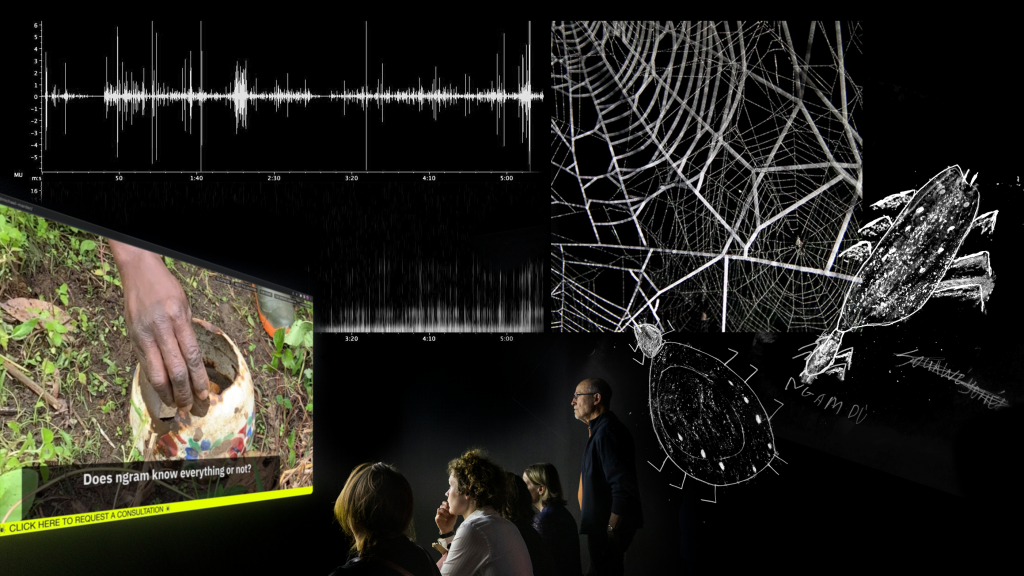

...

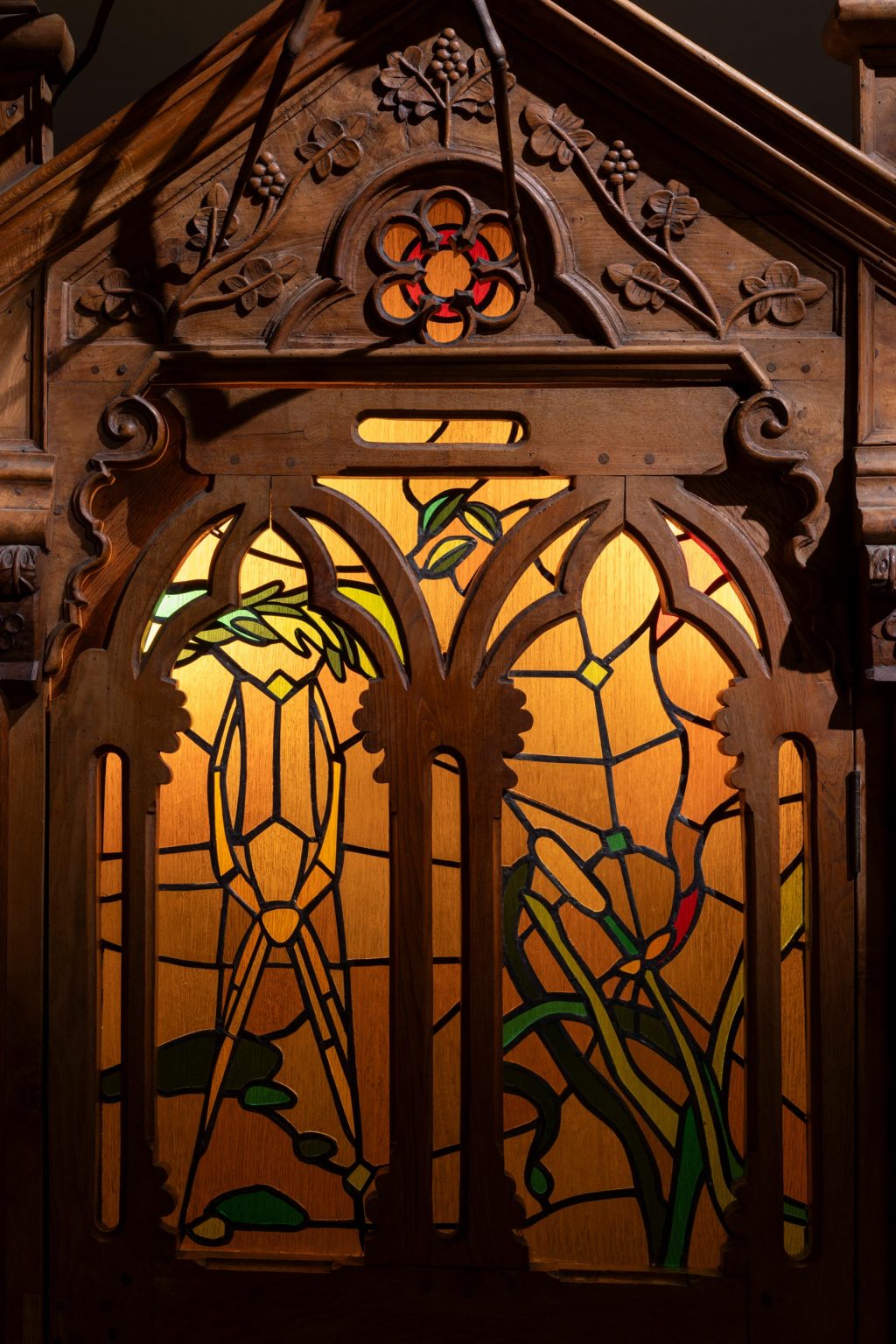
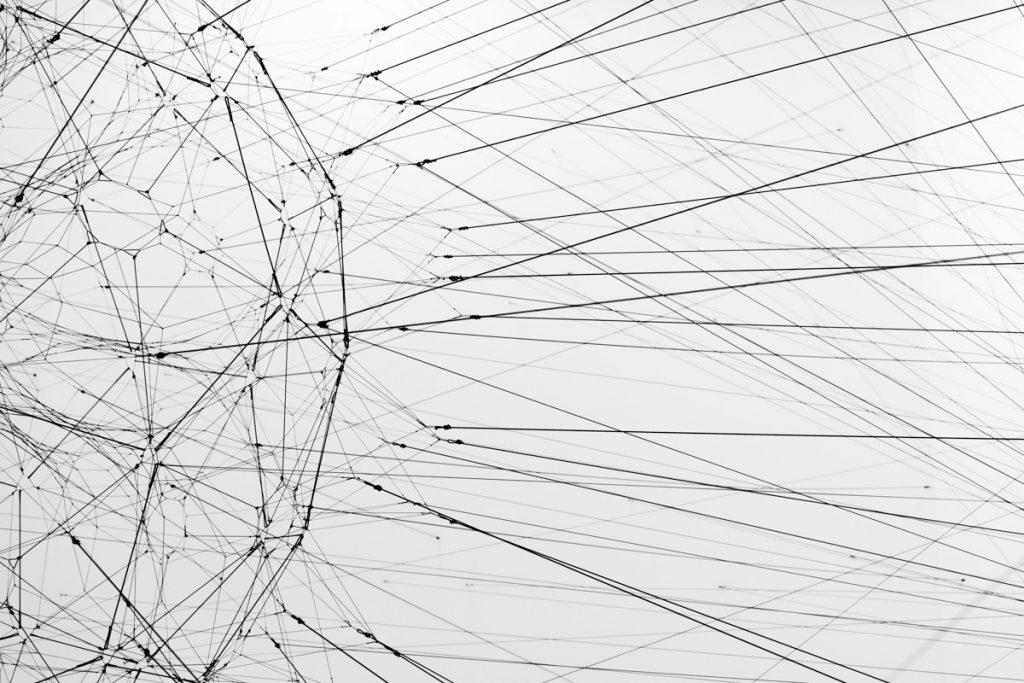
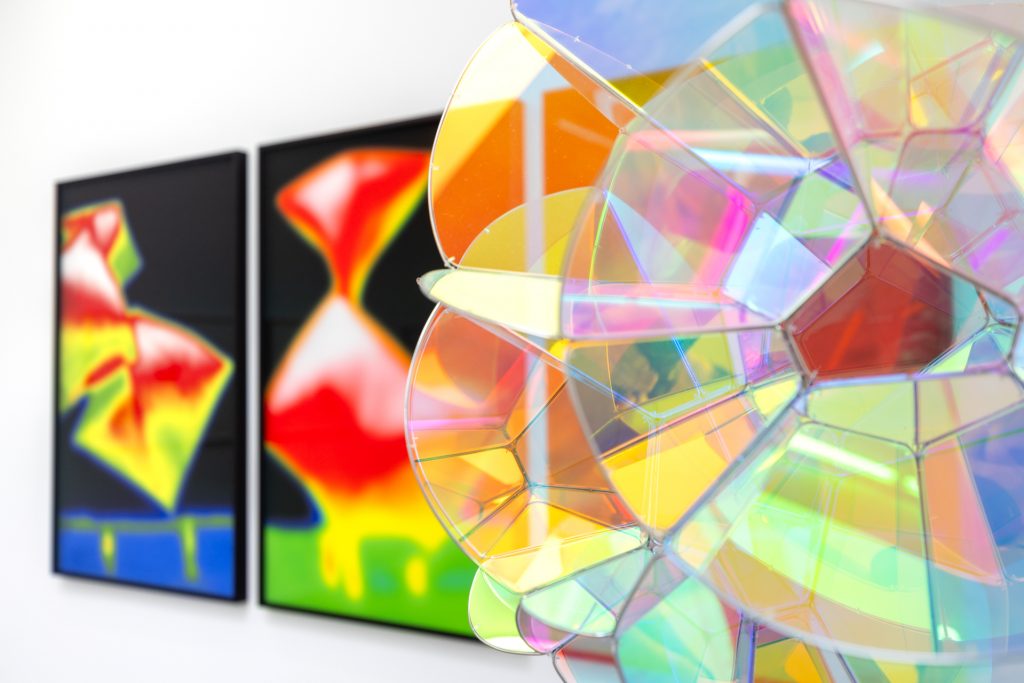
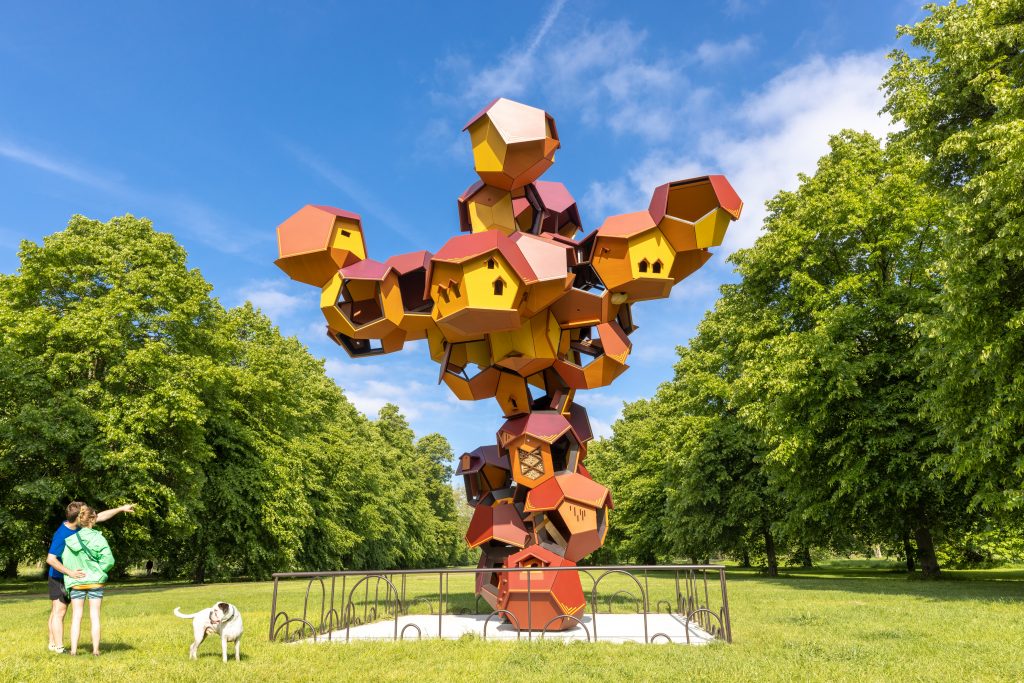
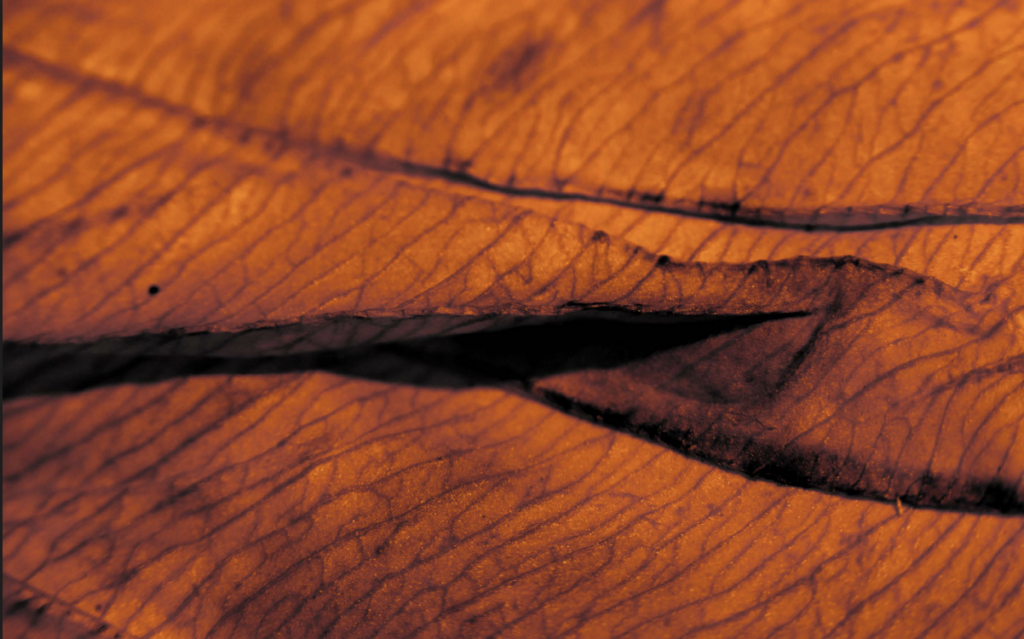

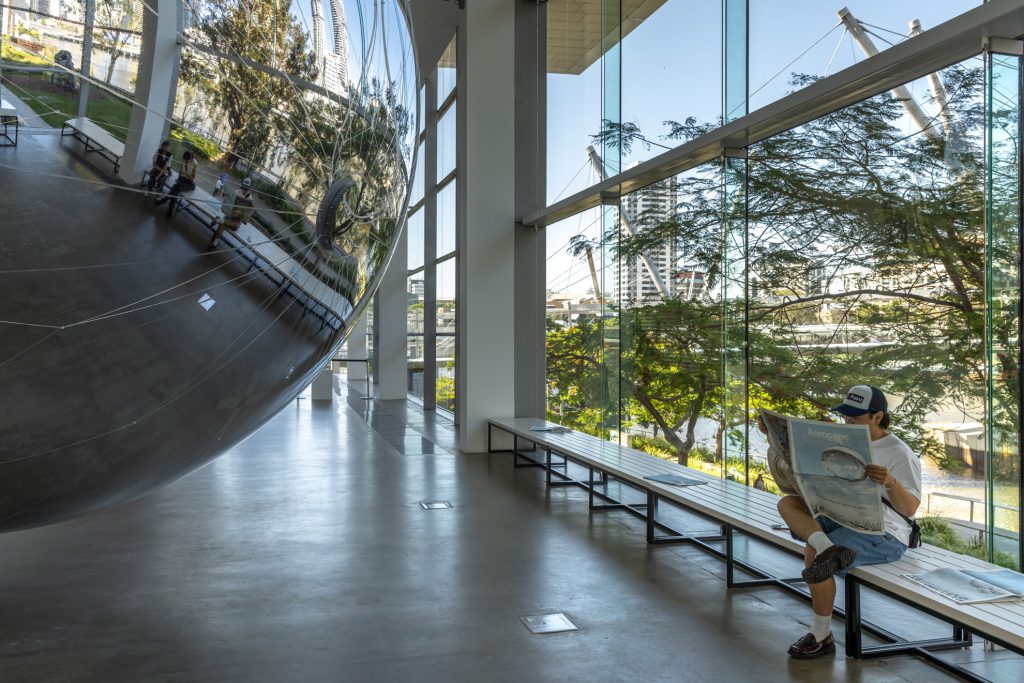
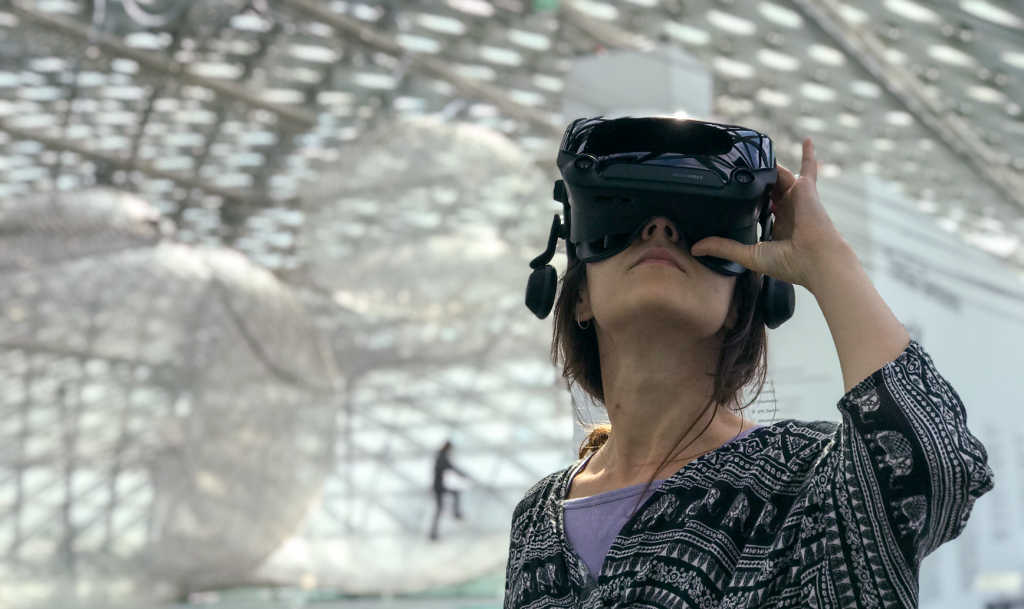
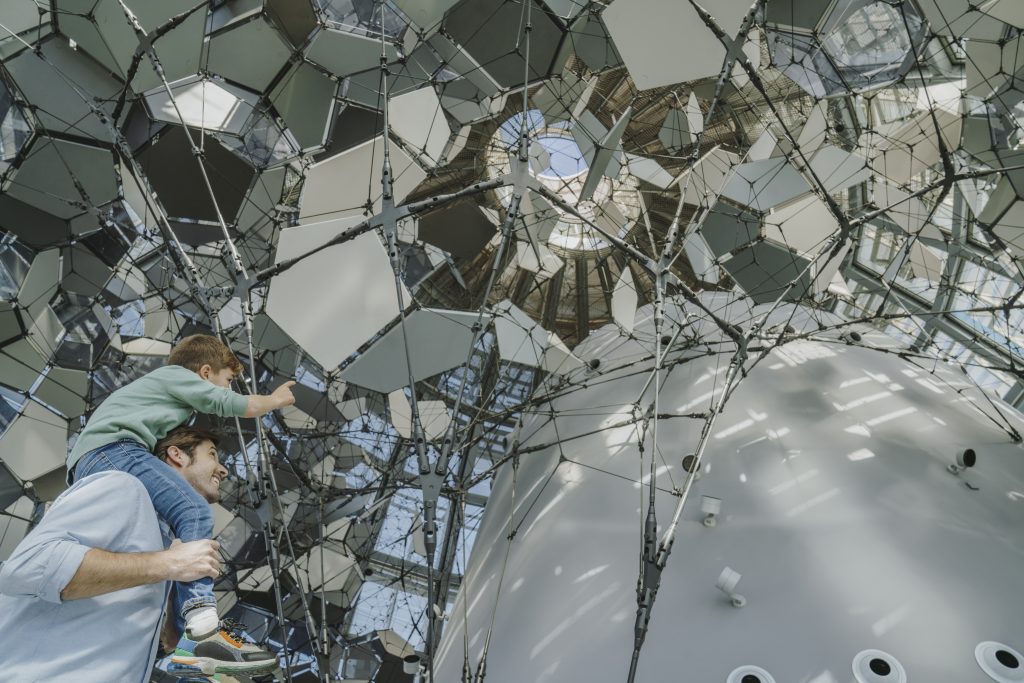

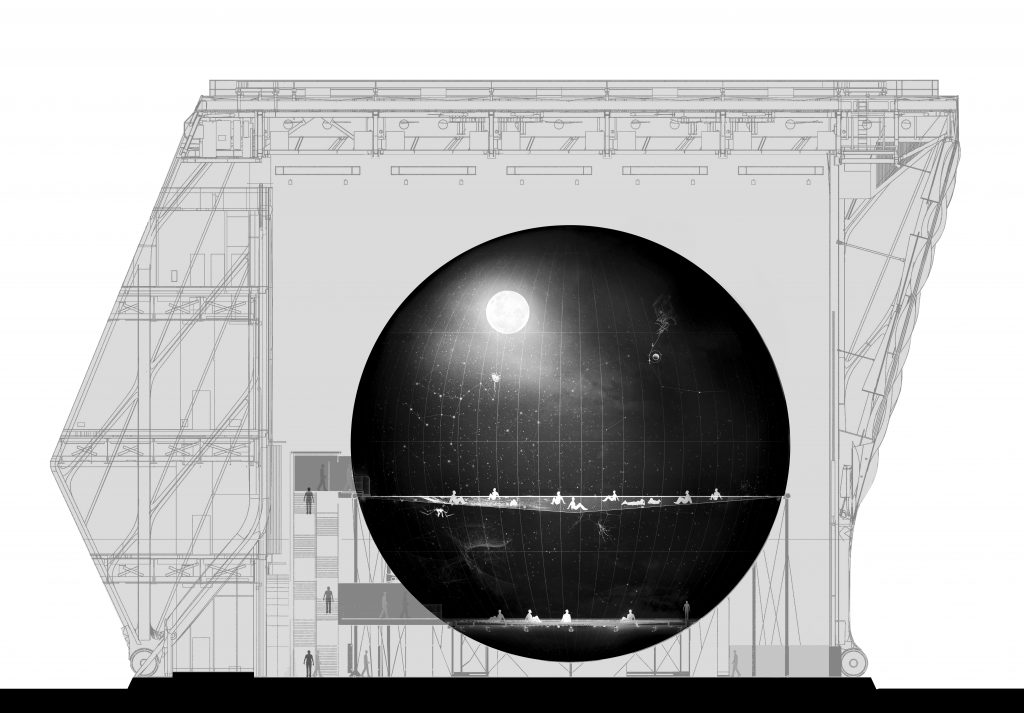
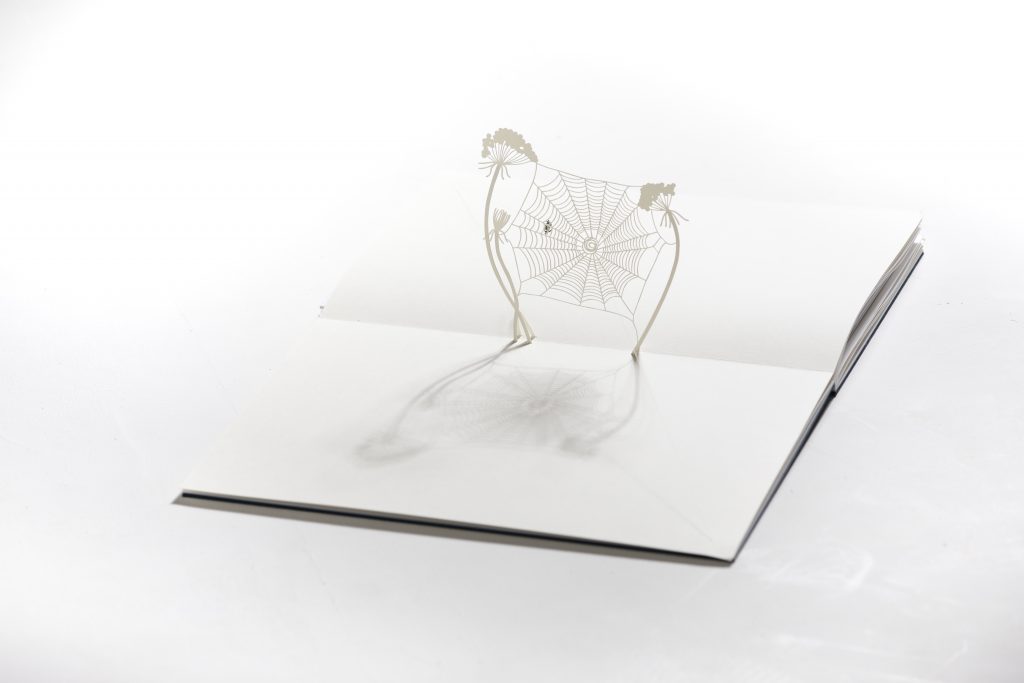
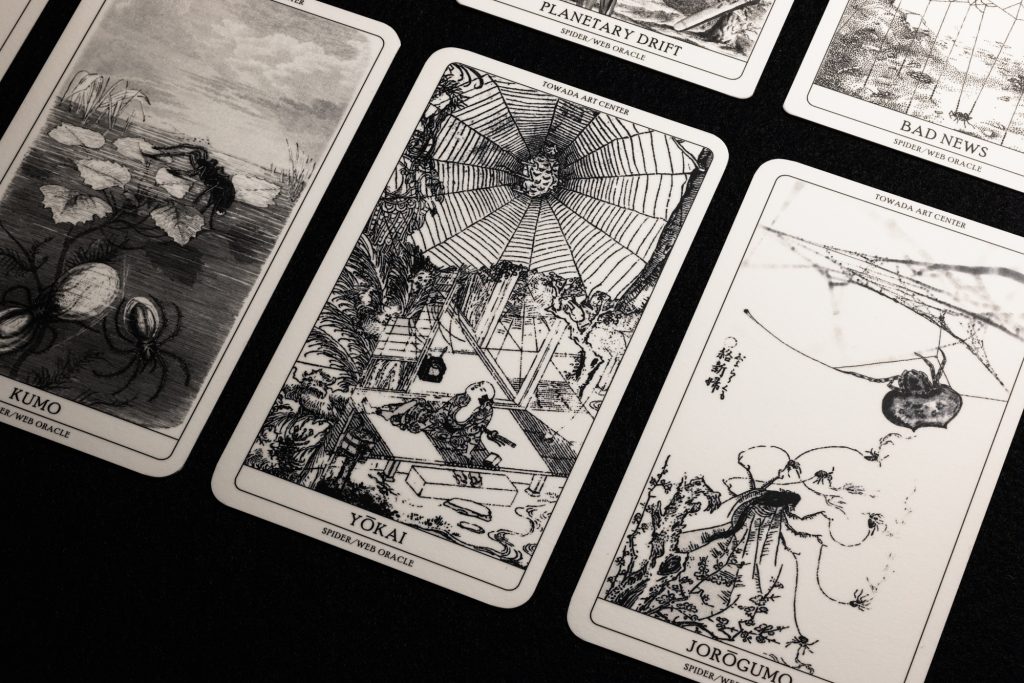
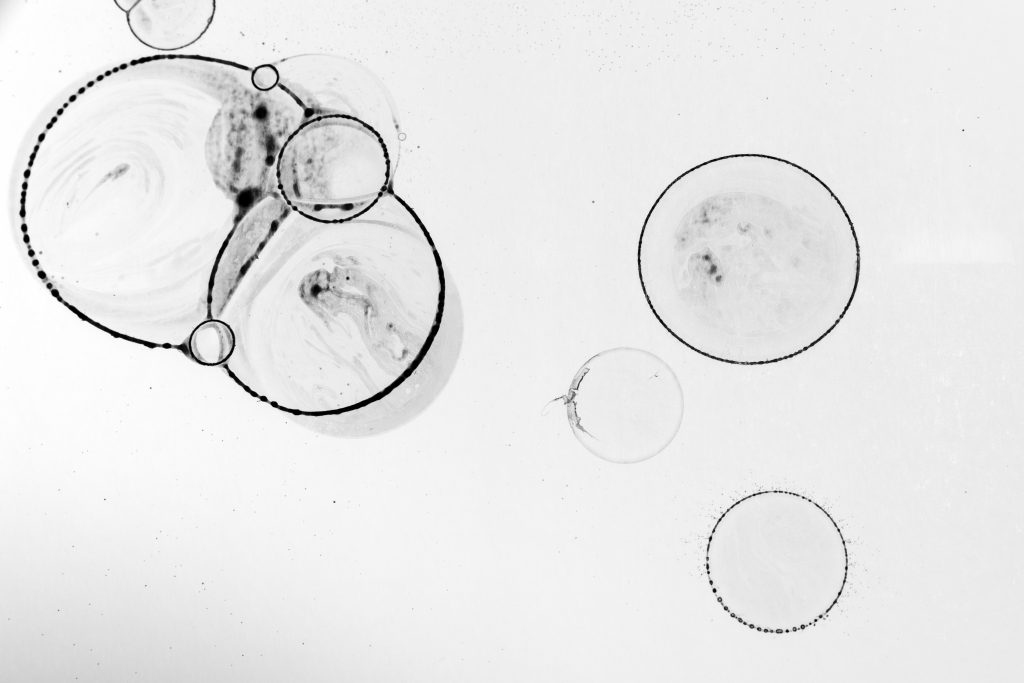
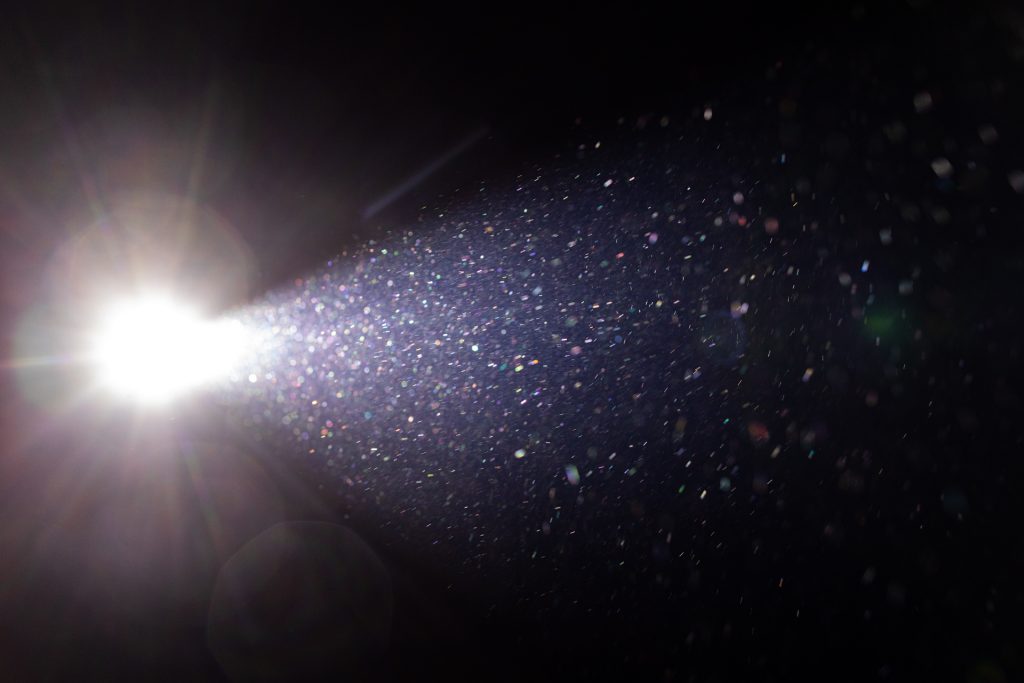
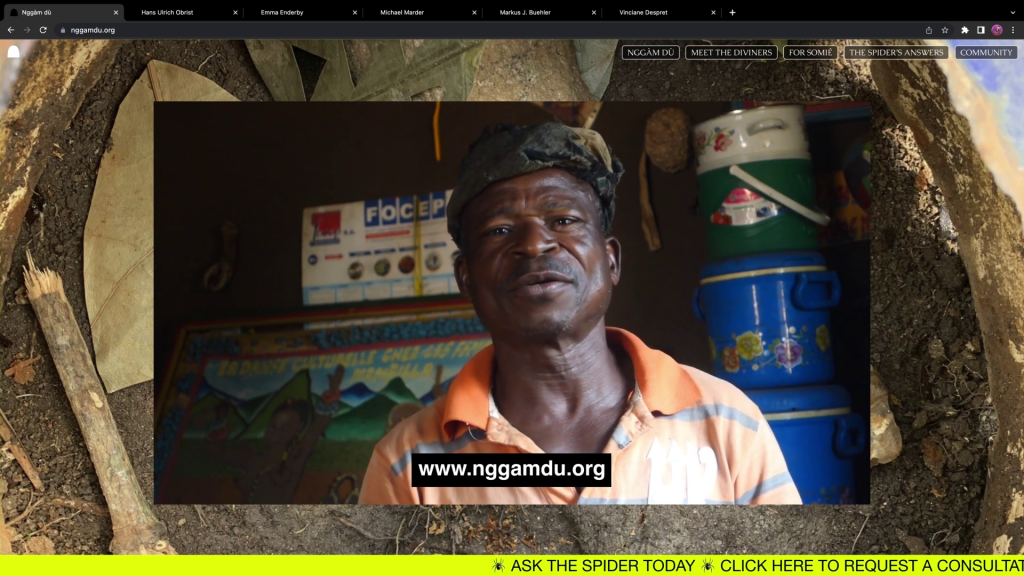
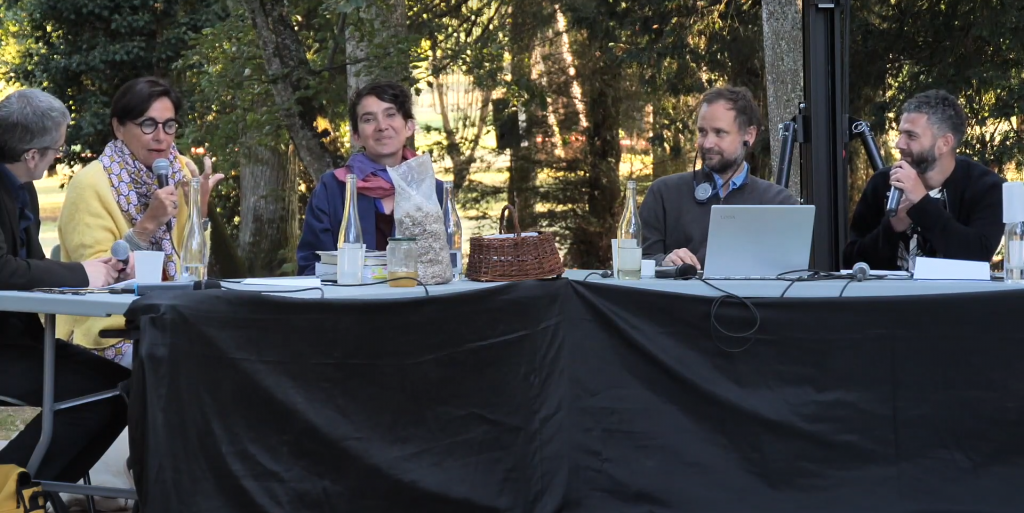
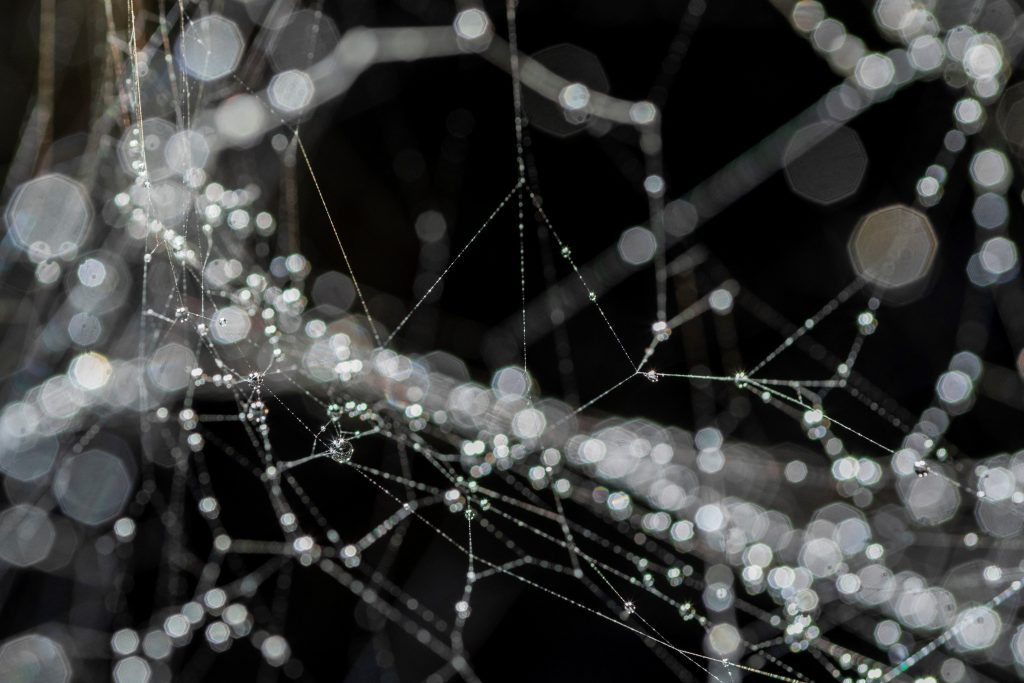
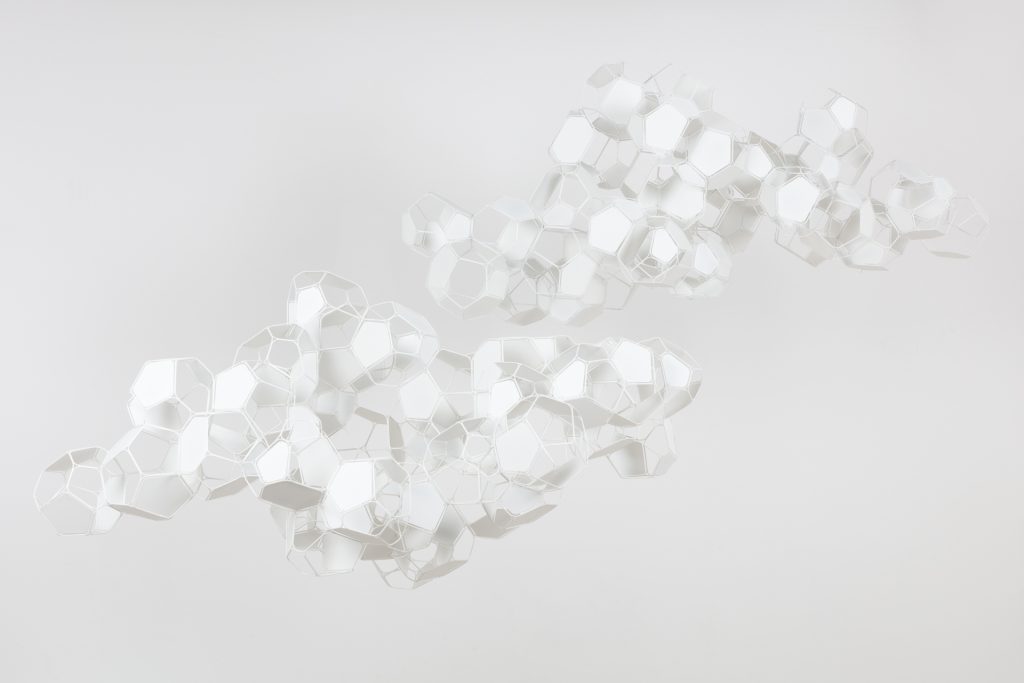
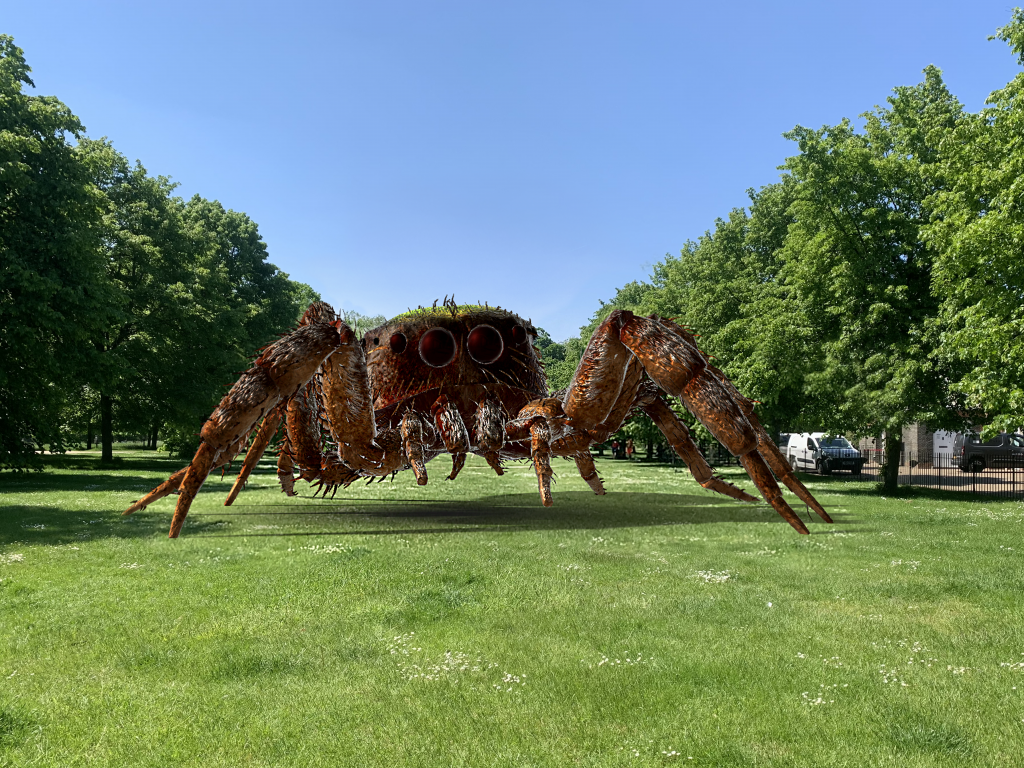
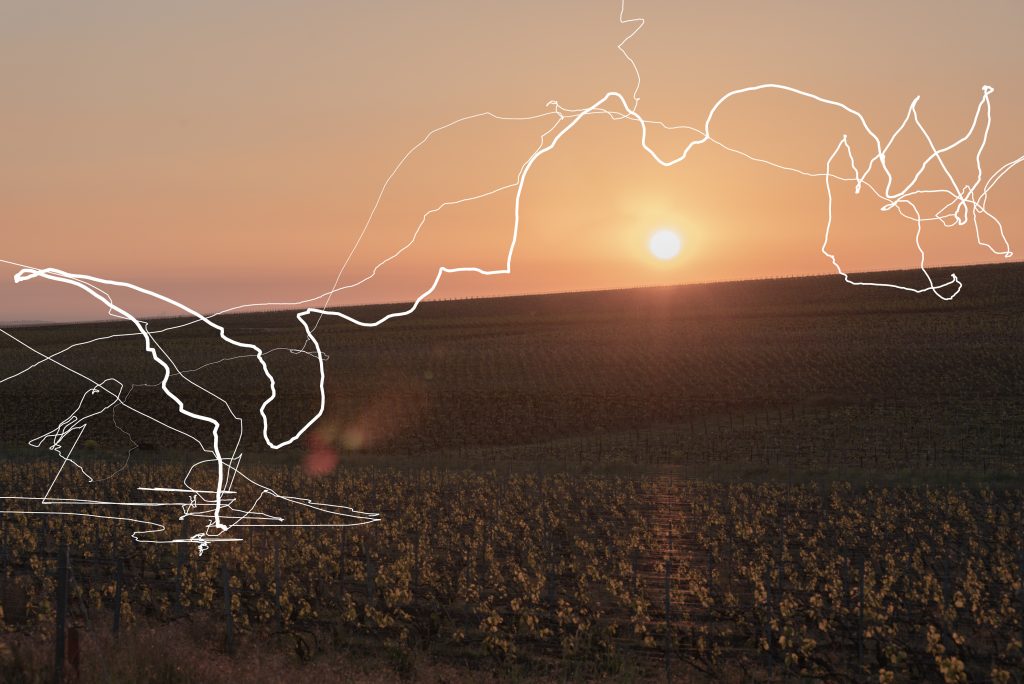
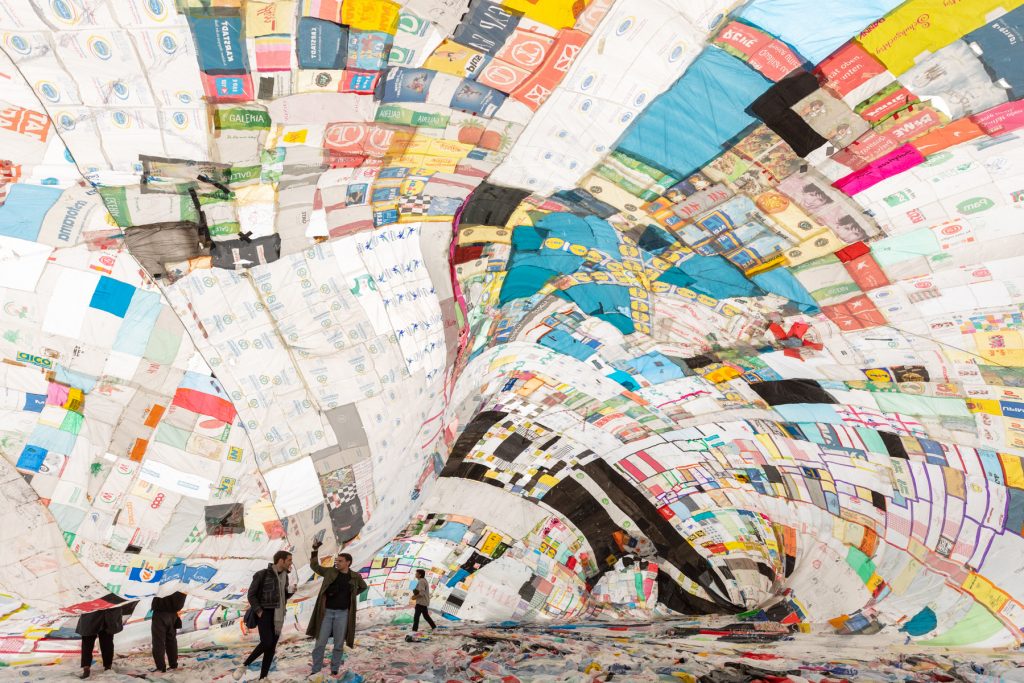
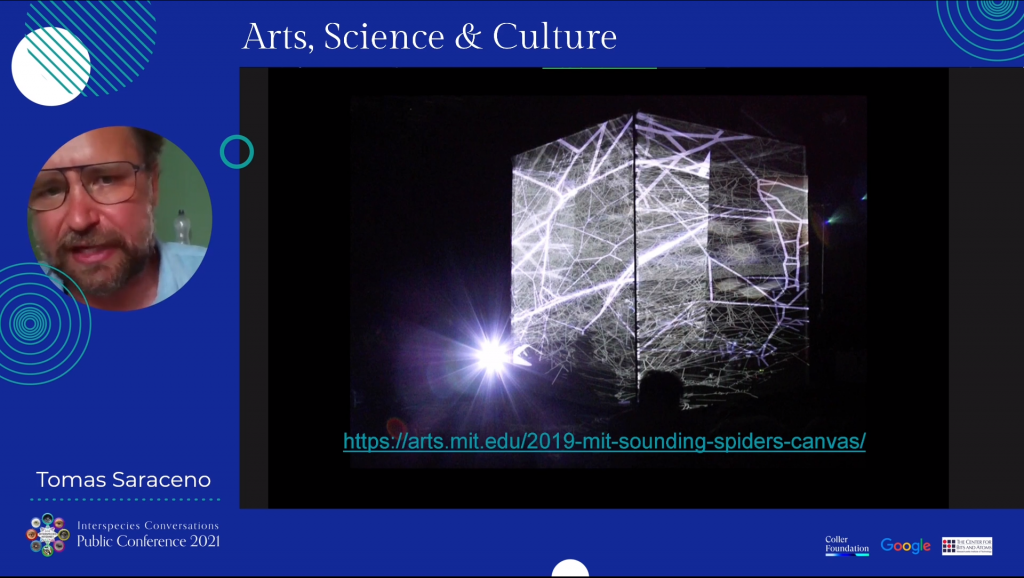
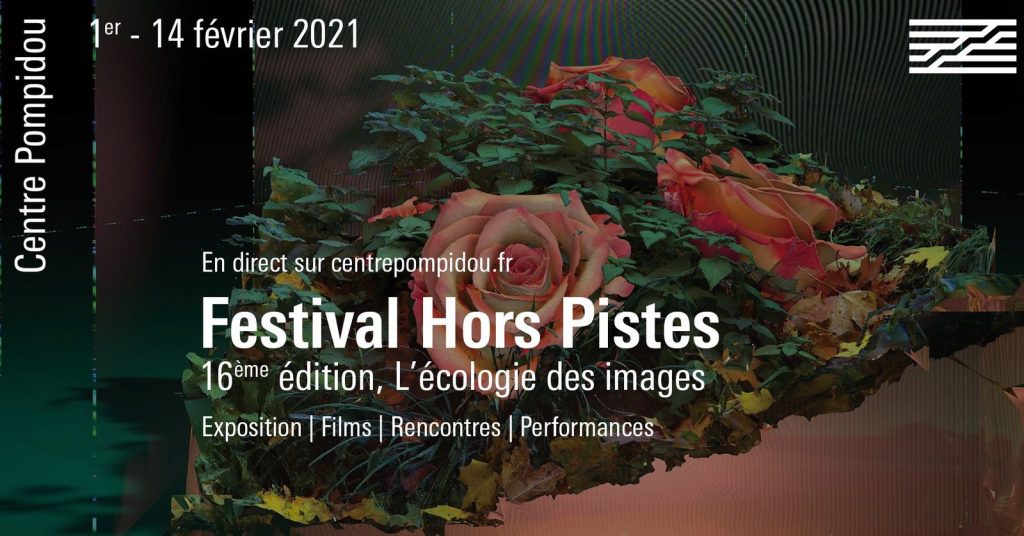
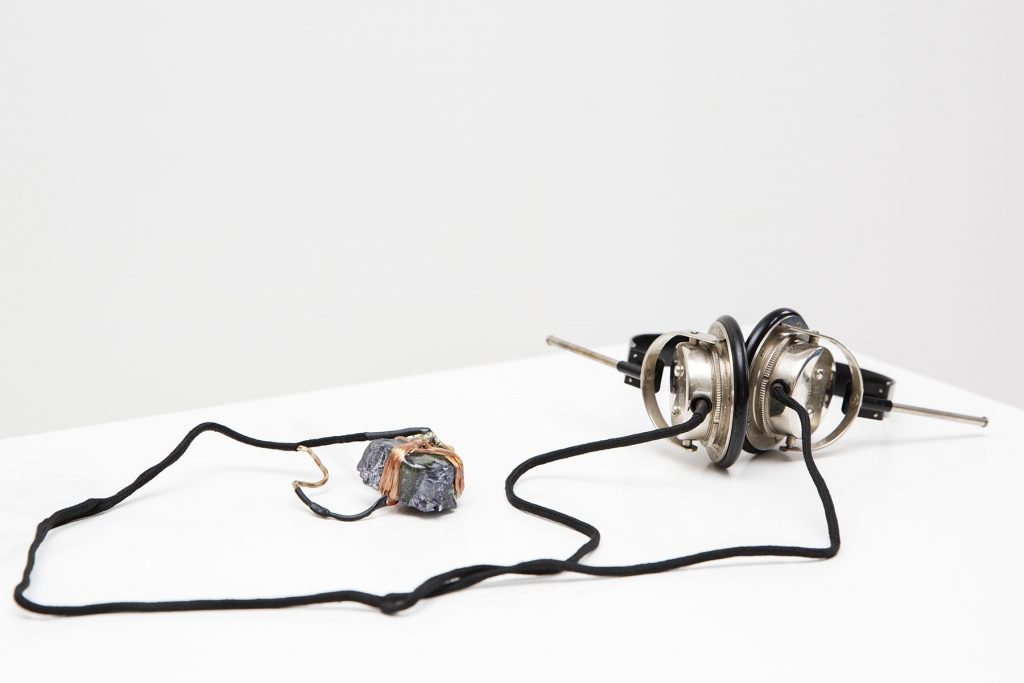
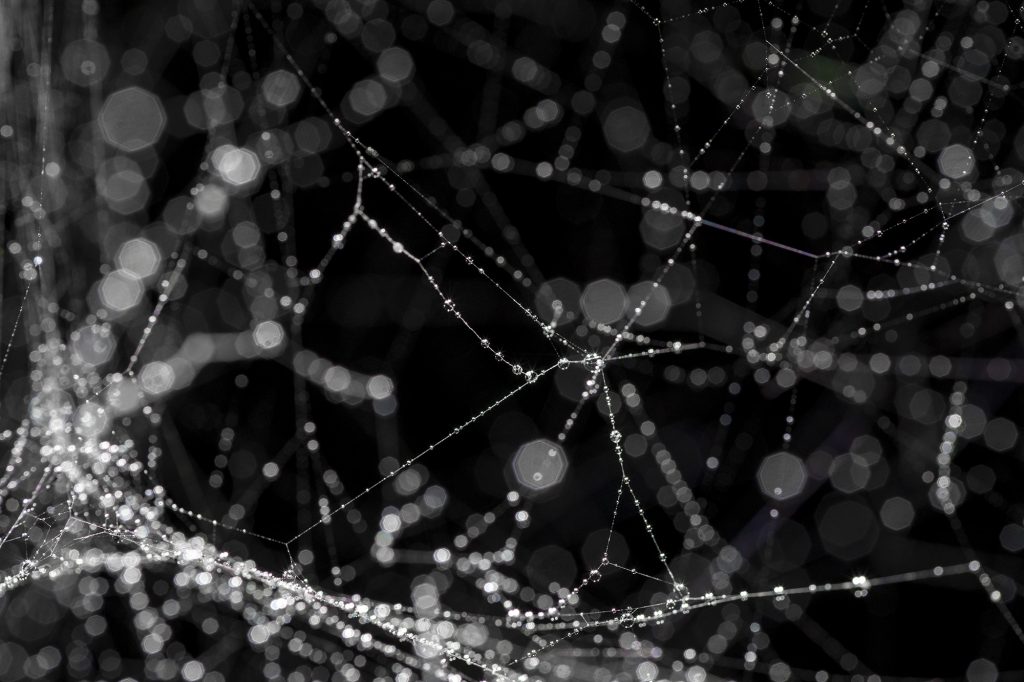

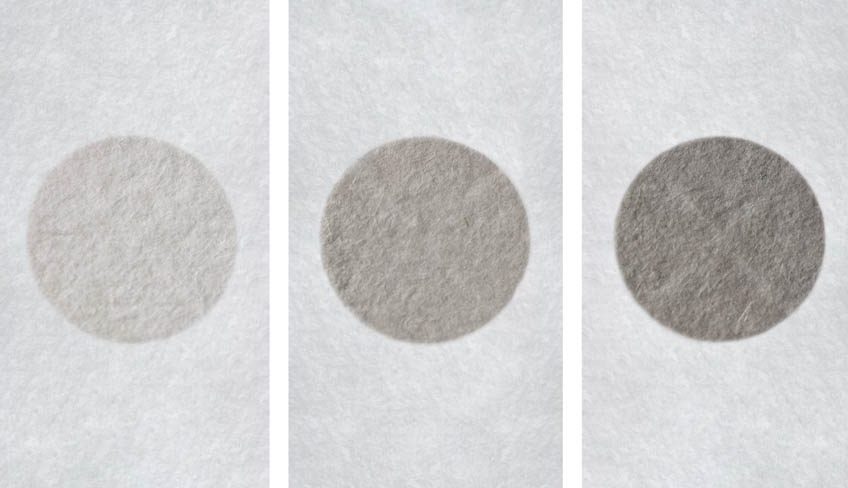
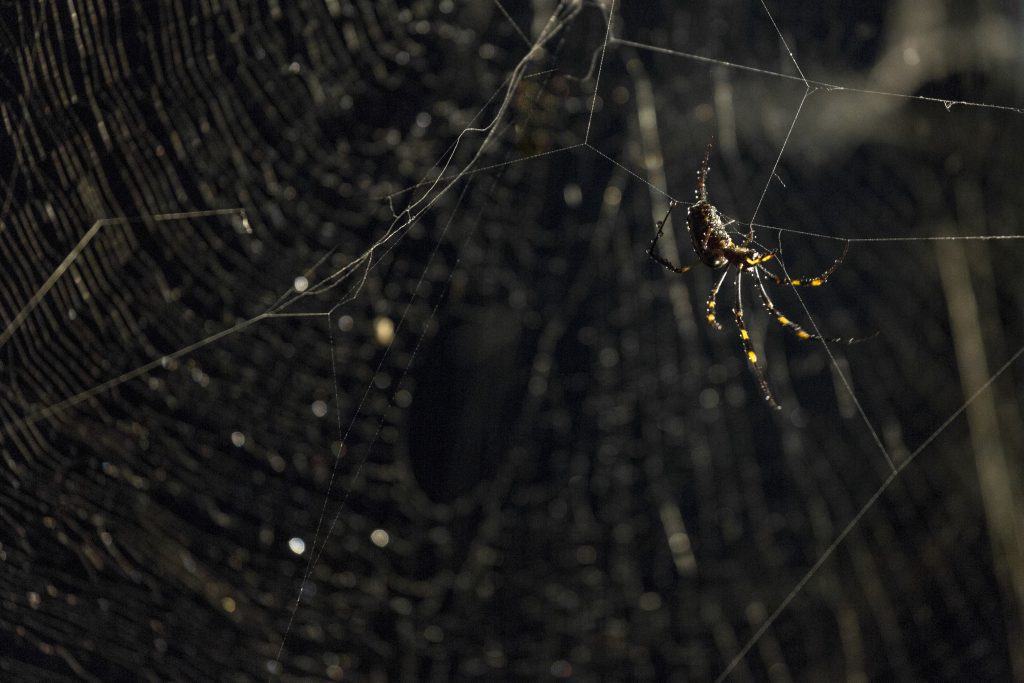
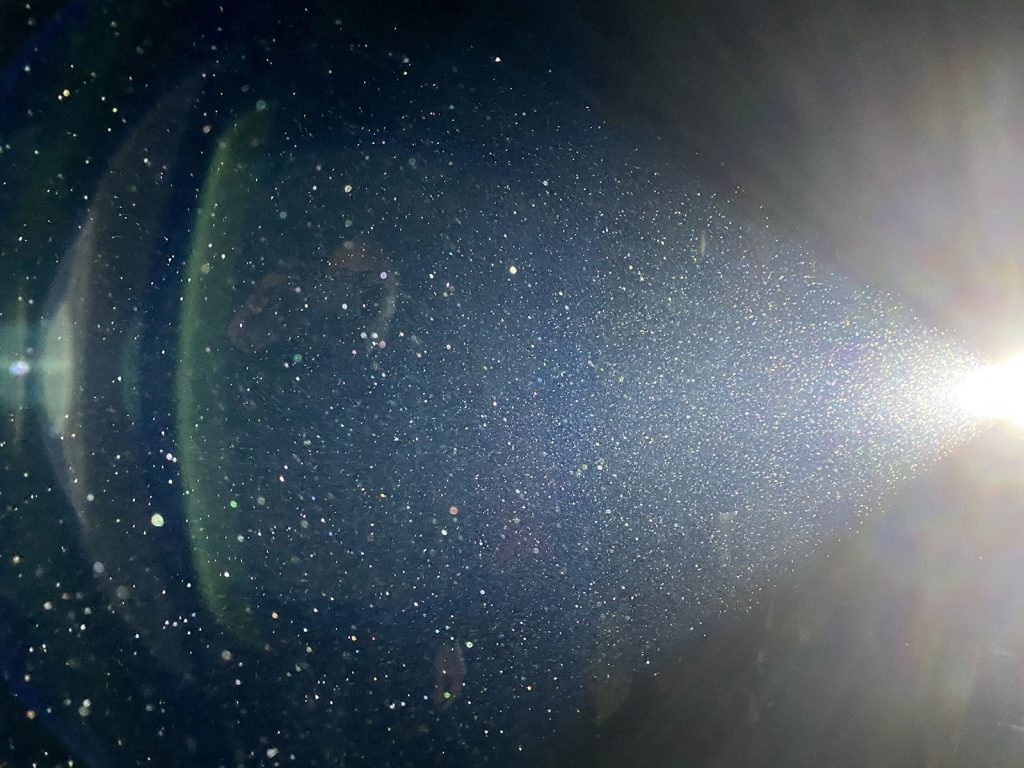
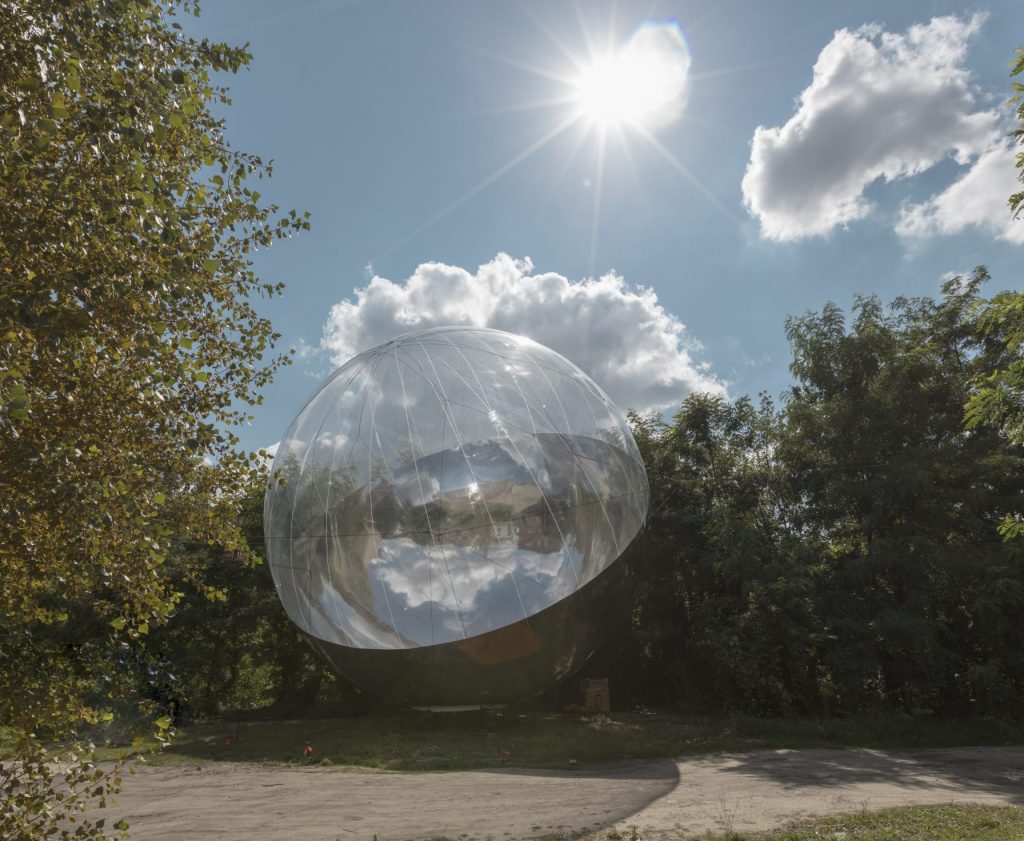
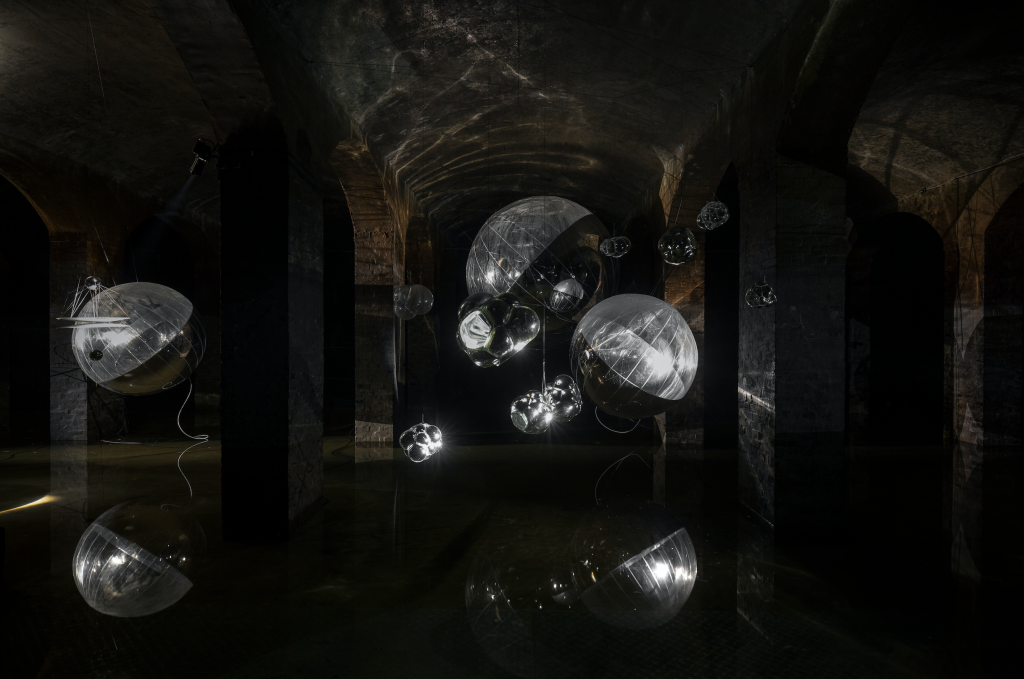
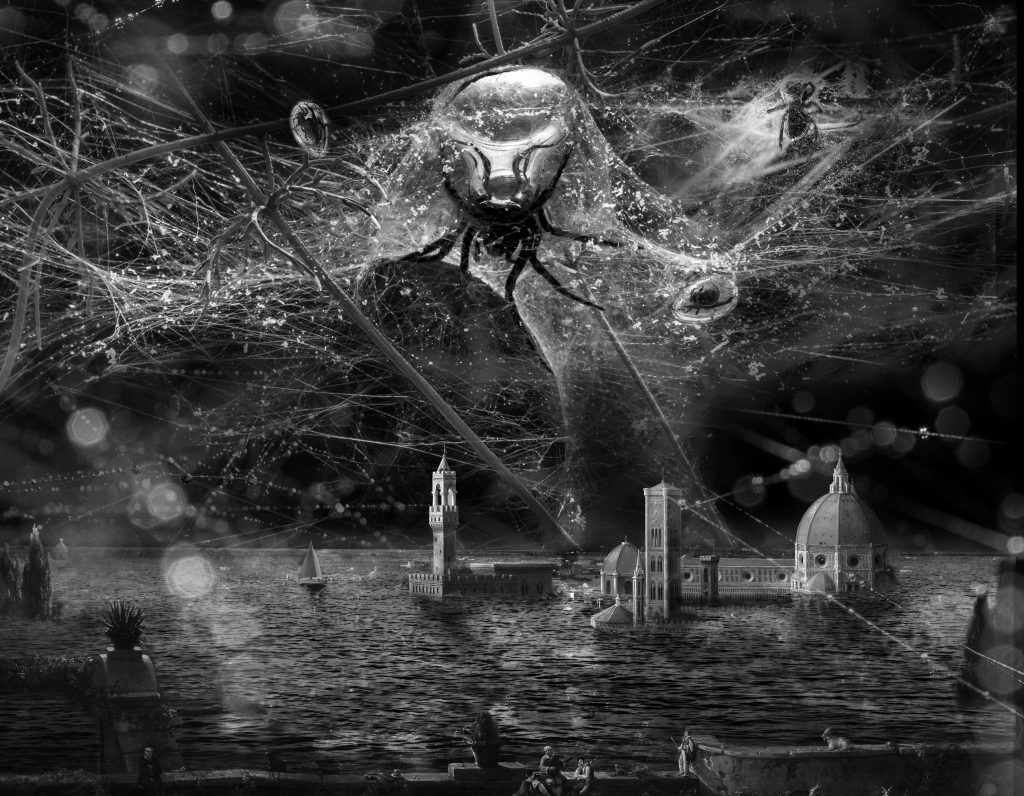
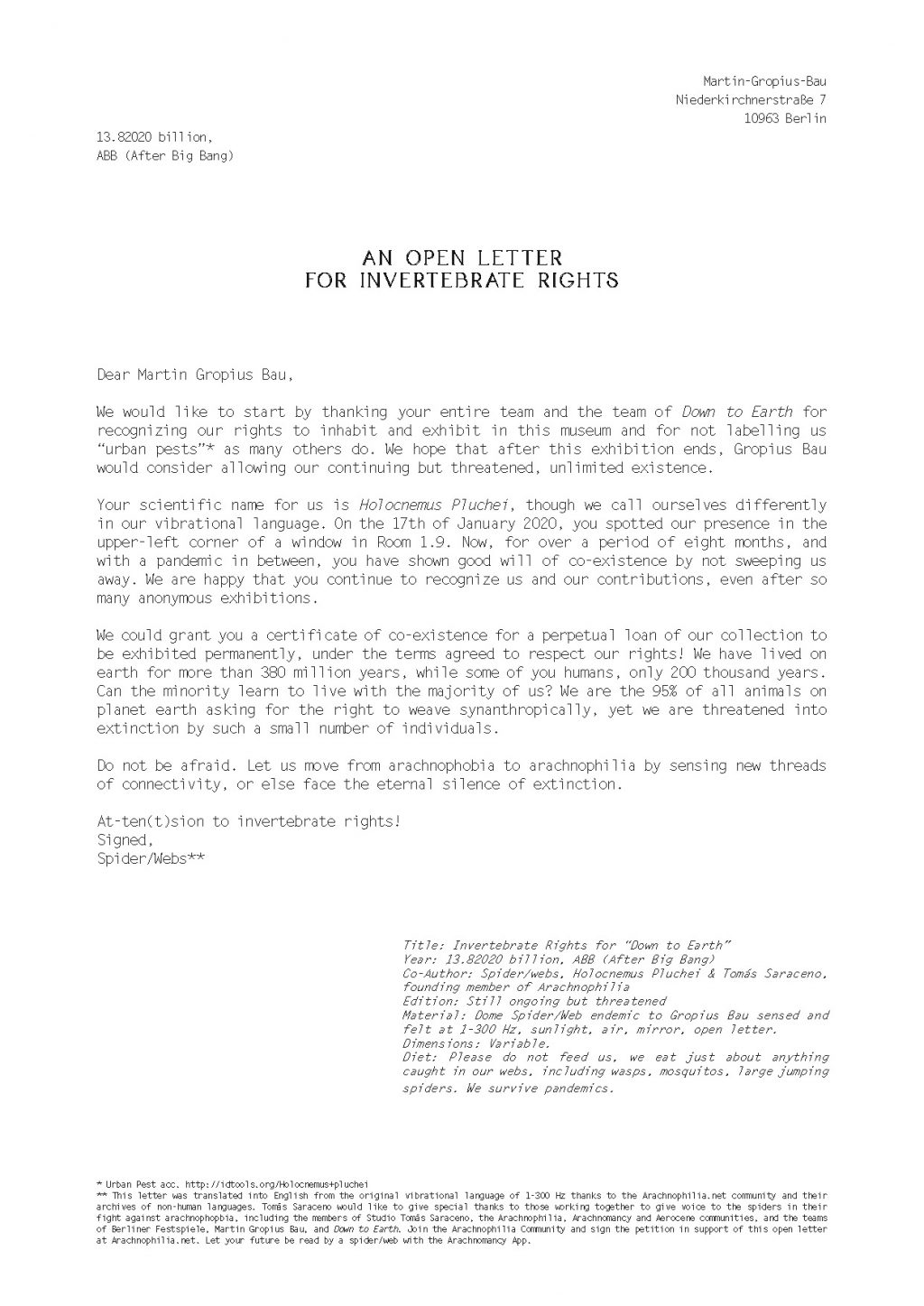
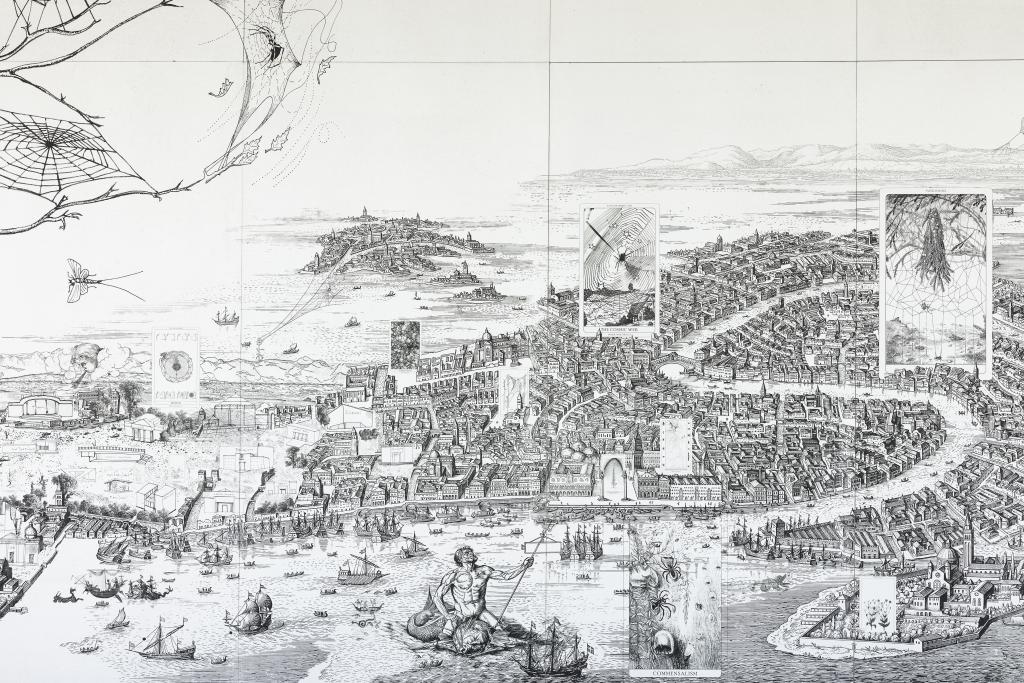
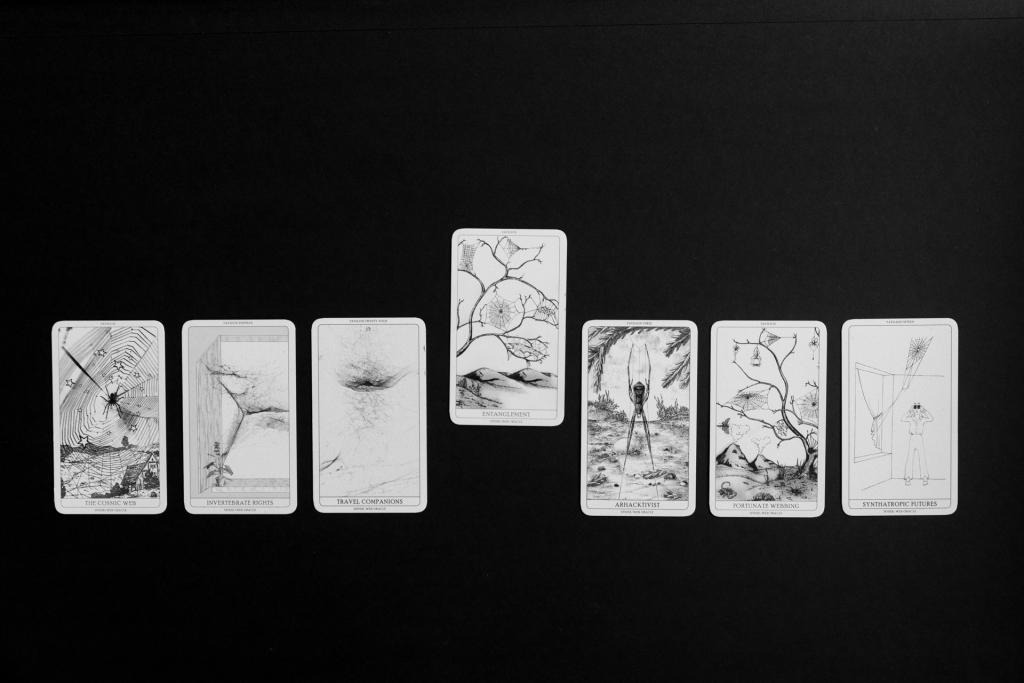
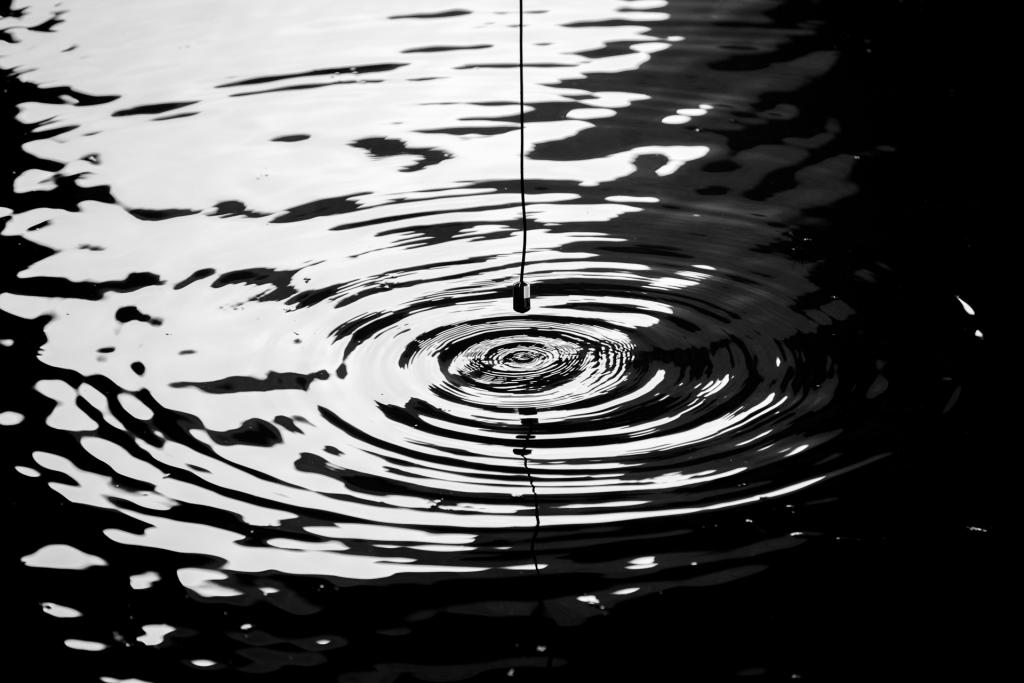
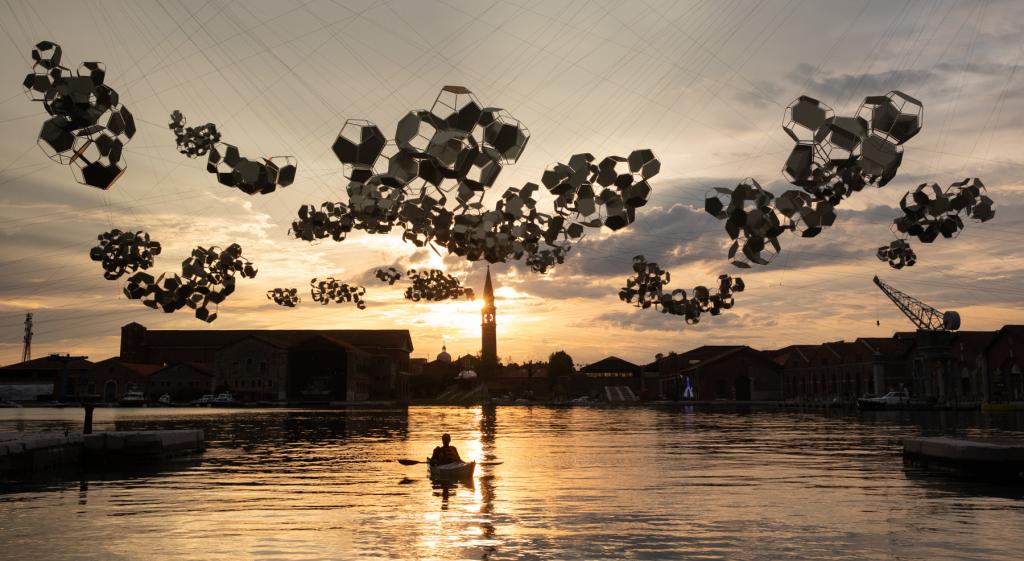
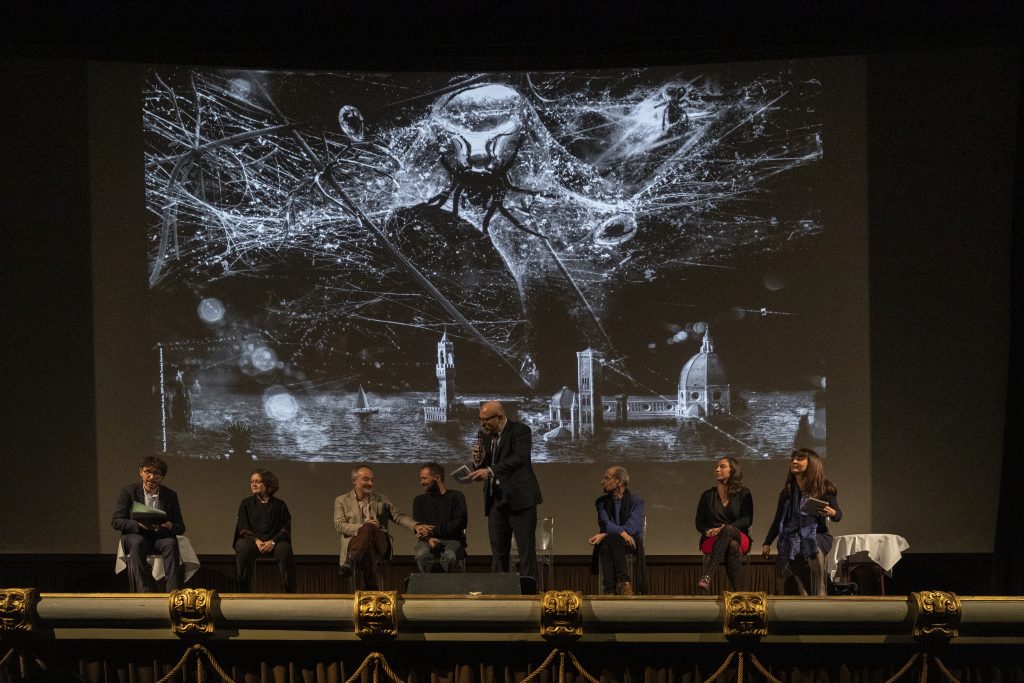
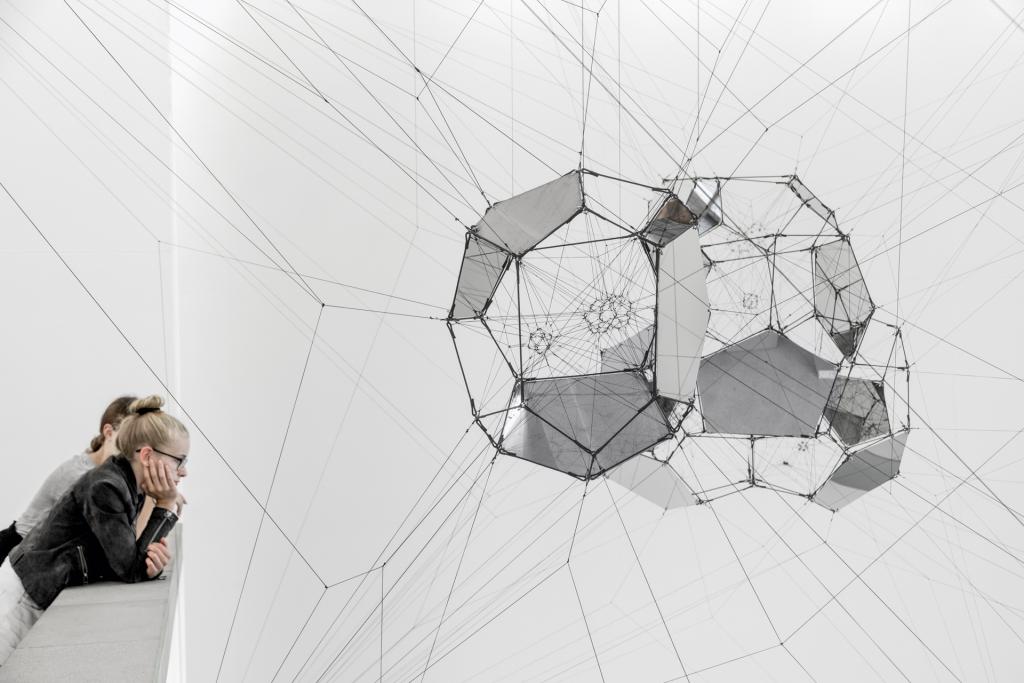

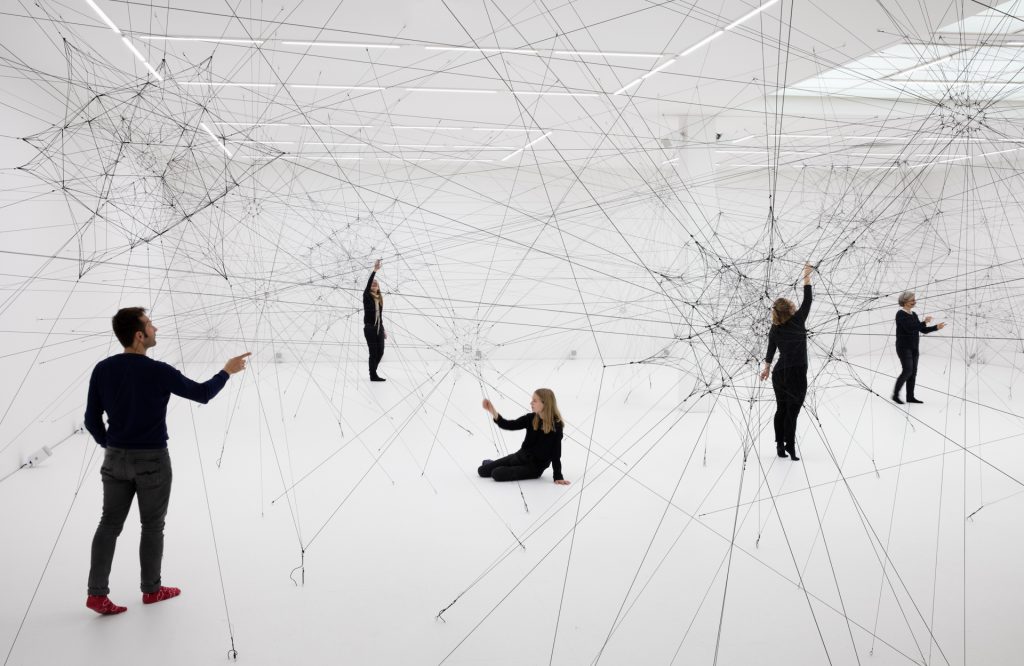
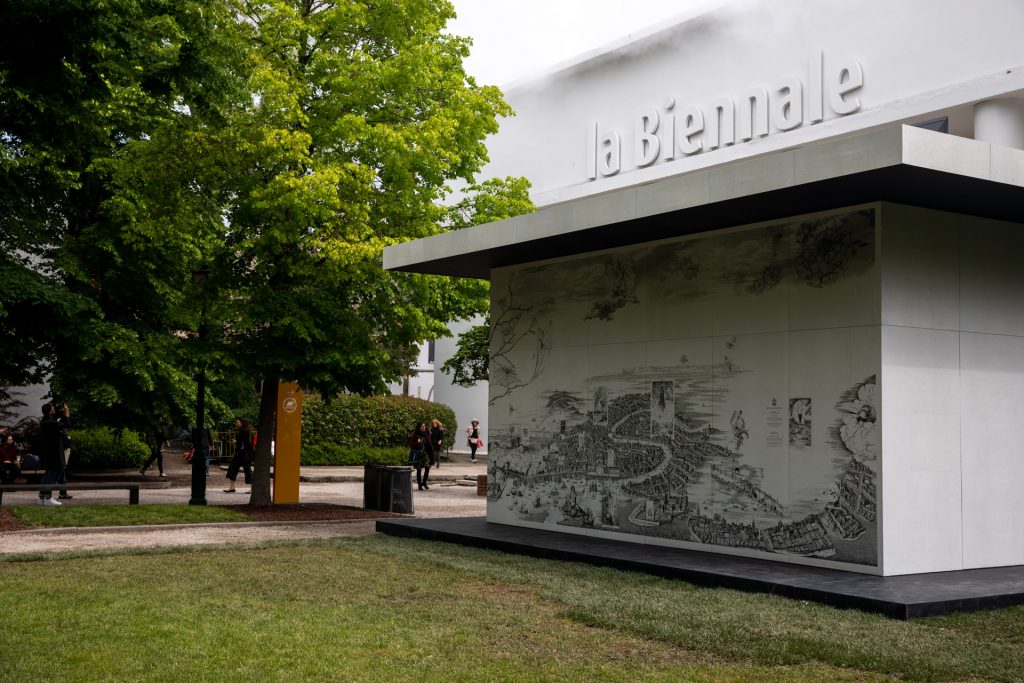
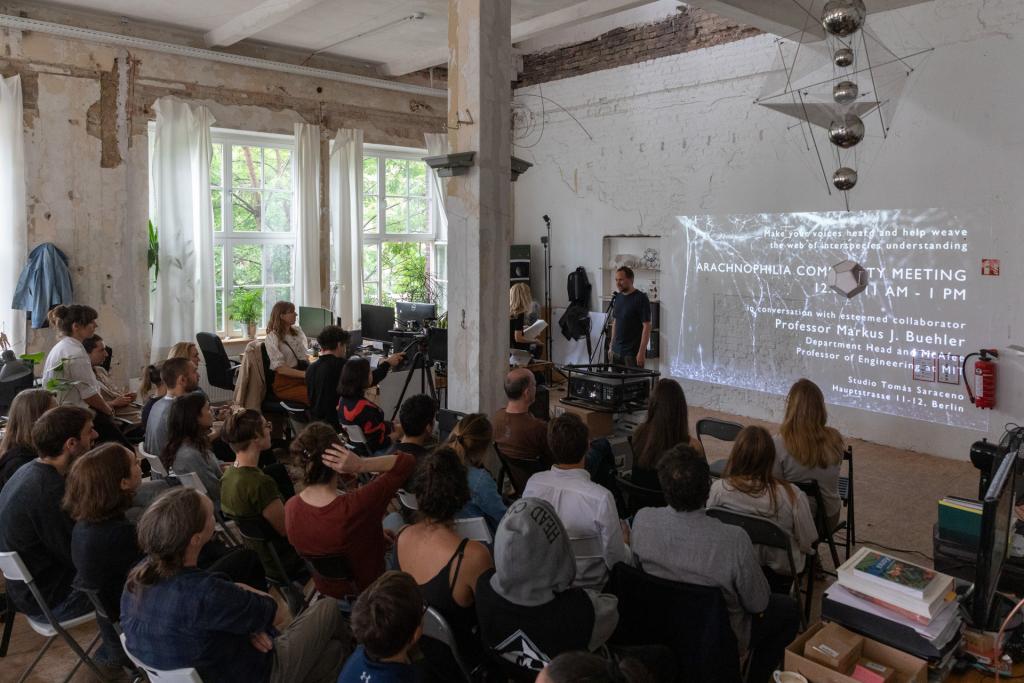
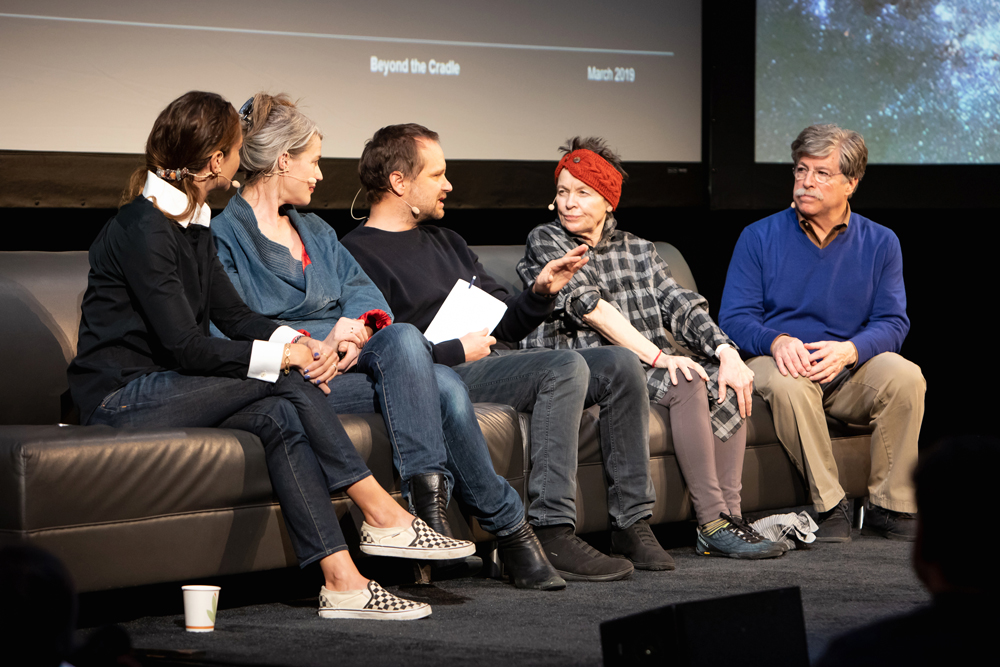
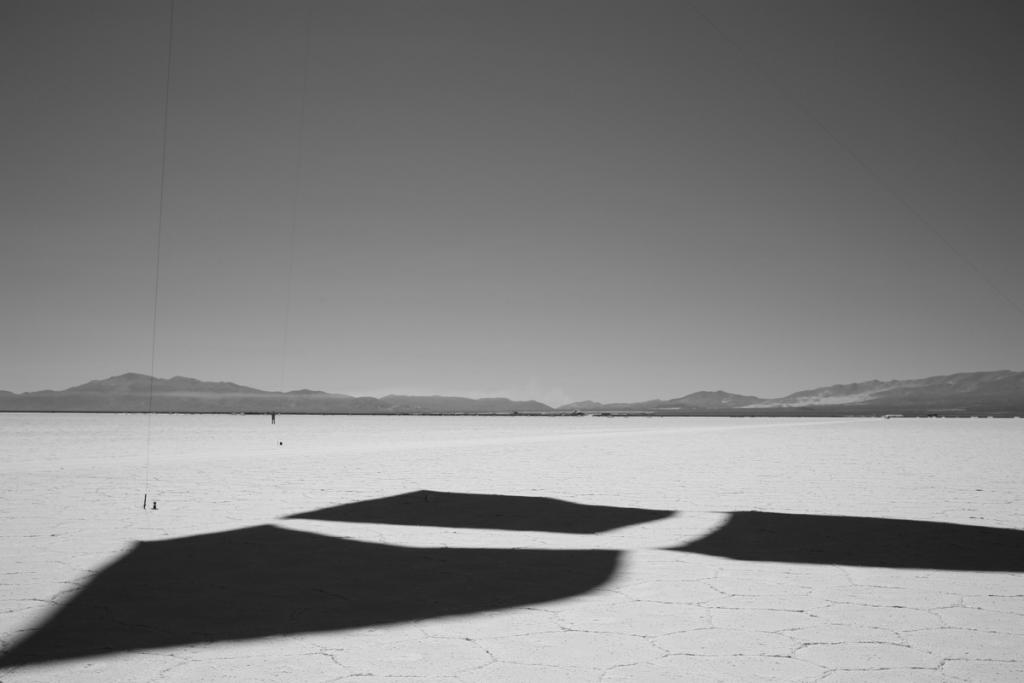
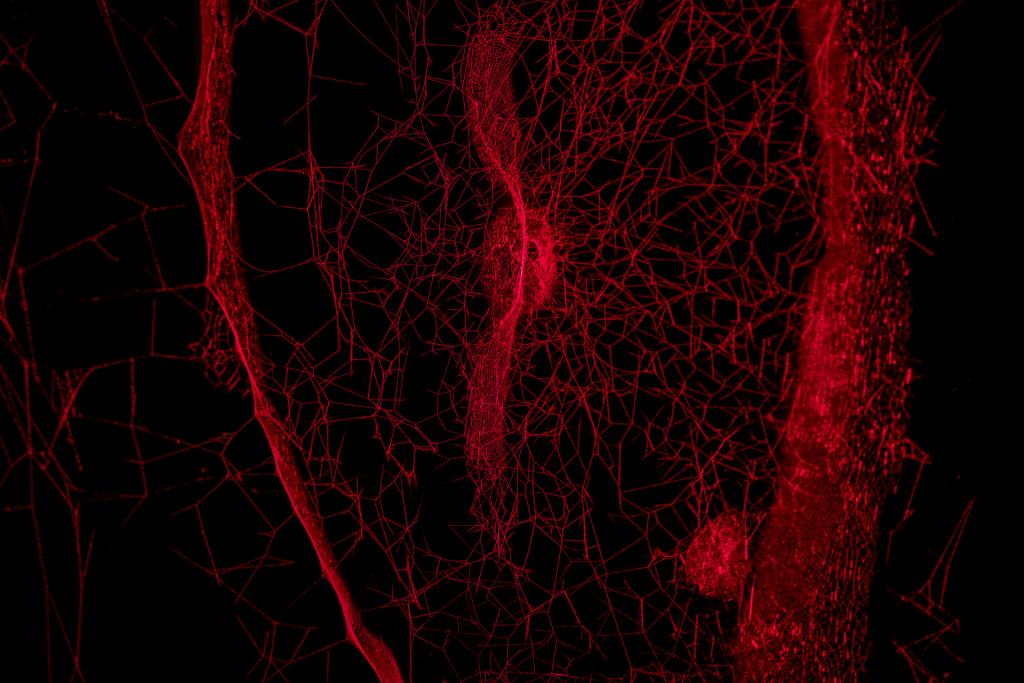
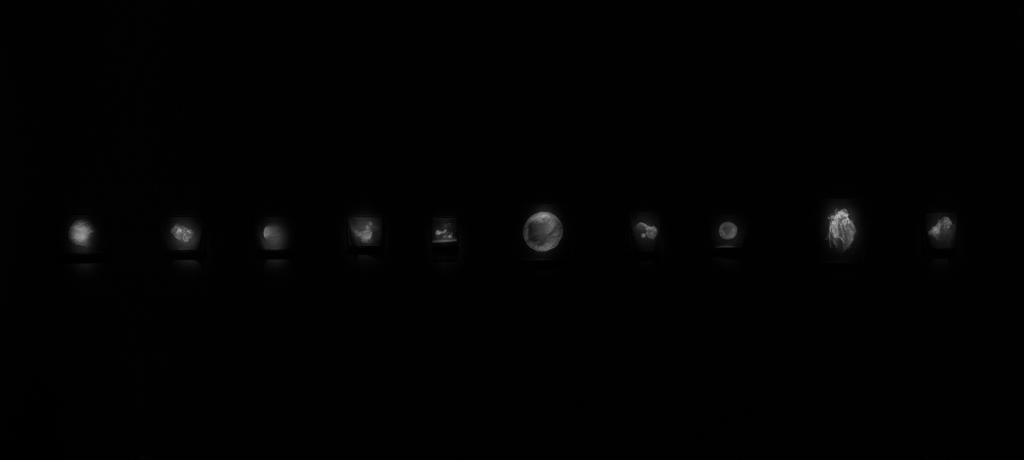
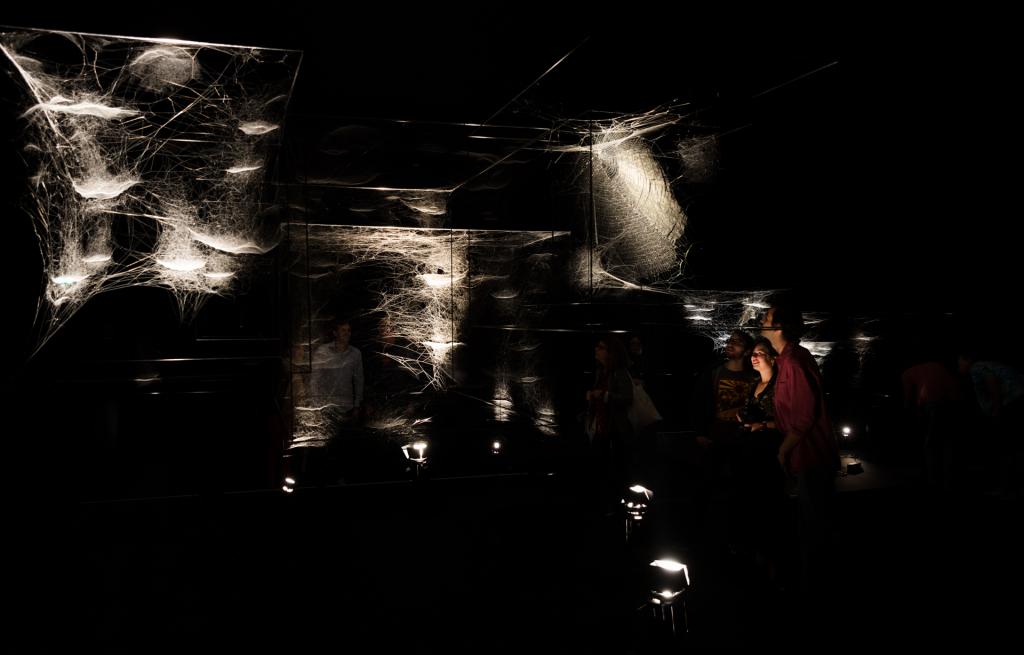
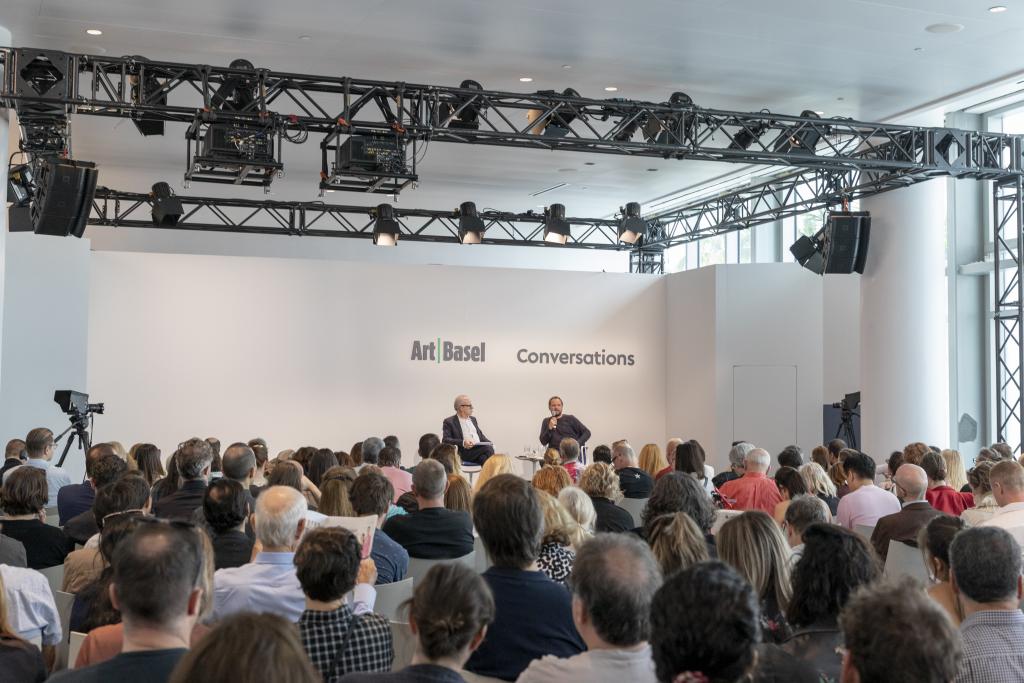
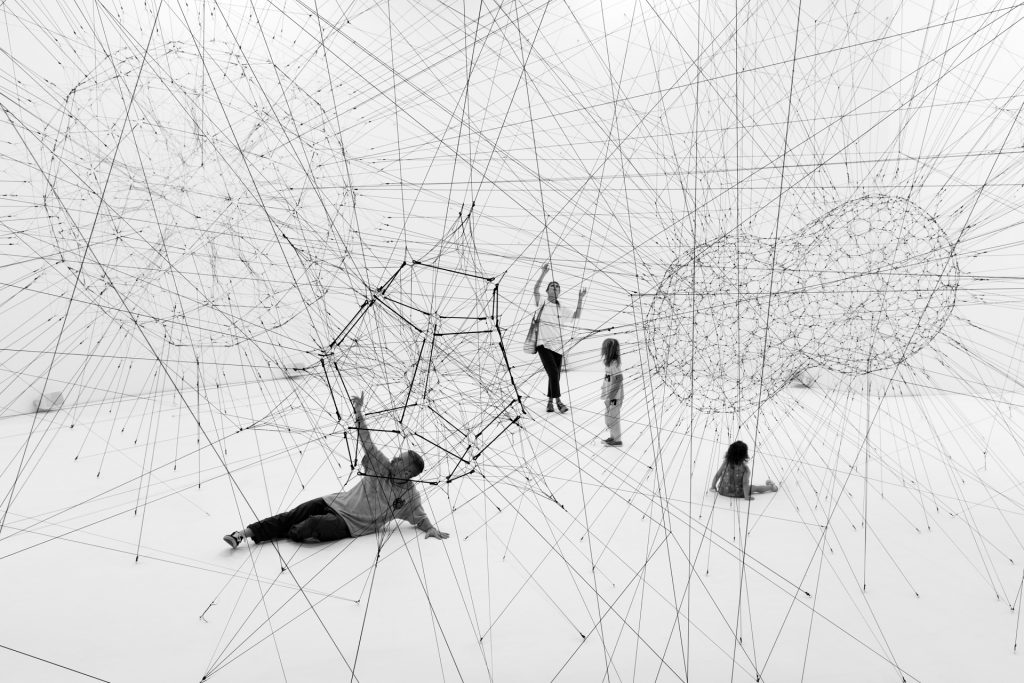
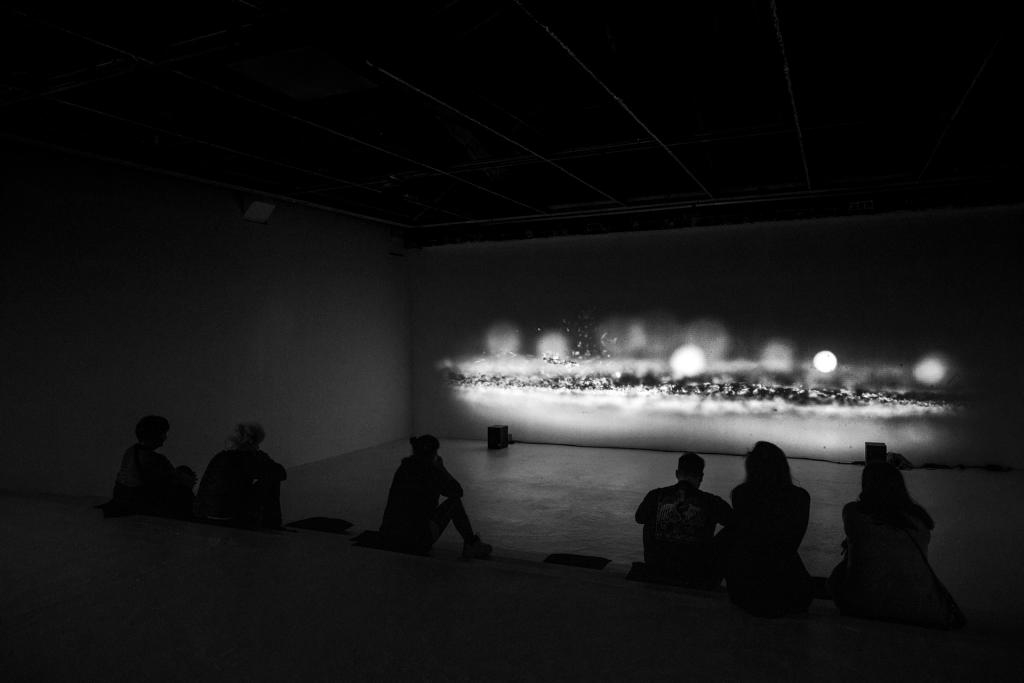
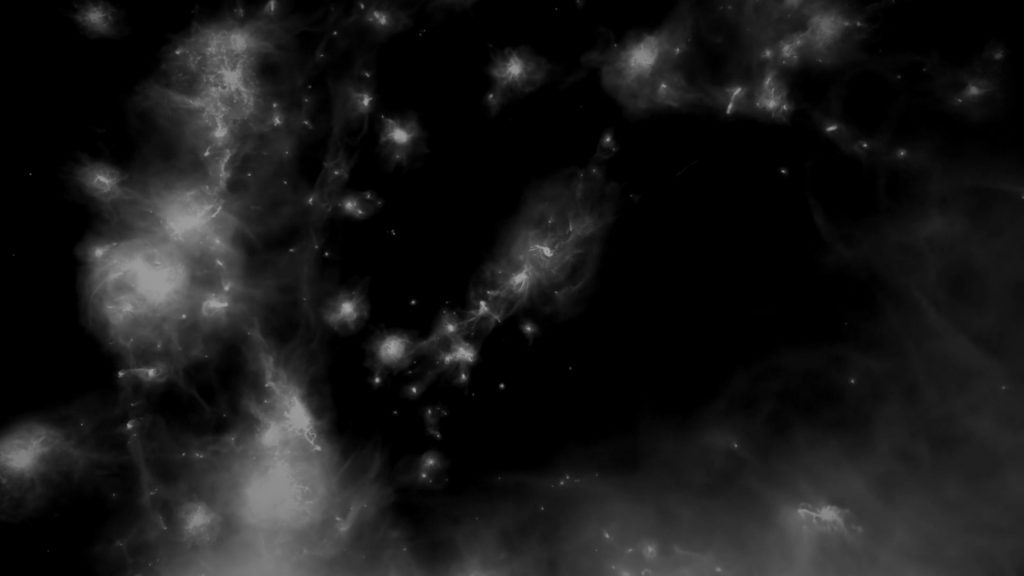
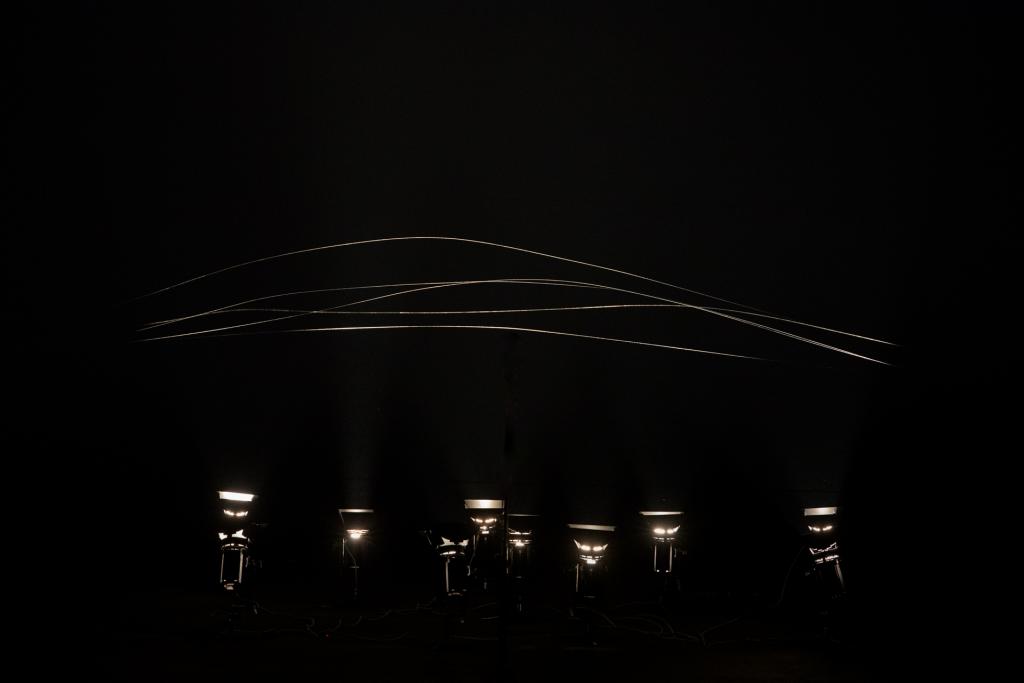
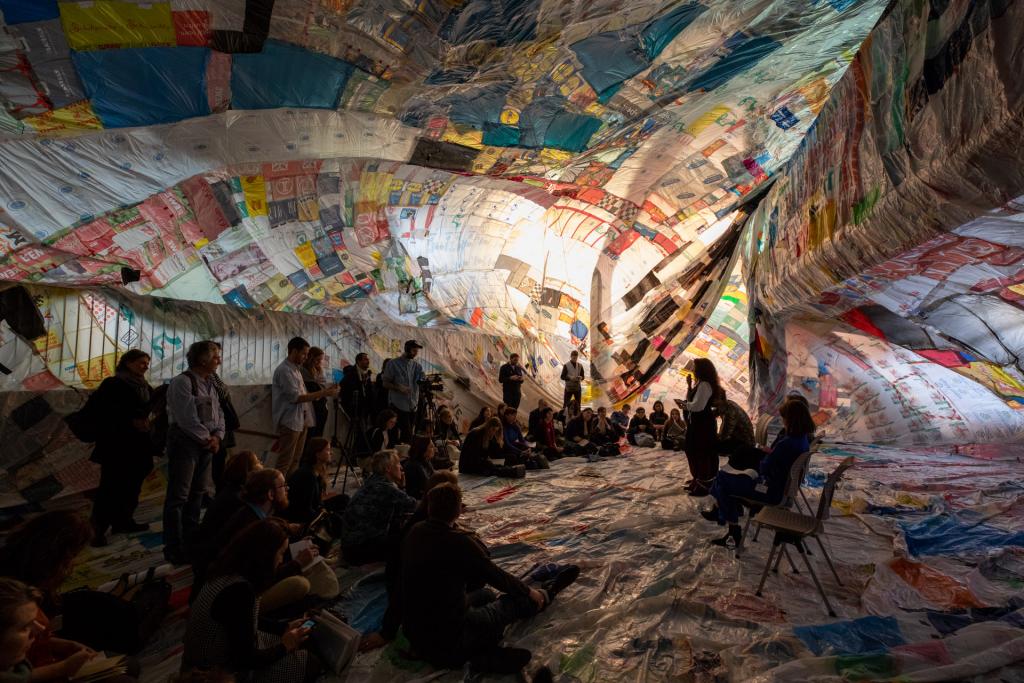
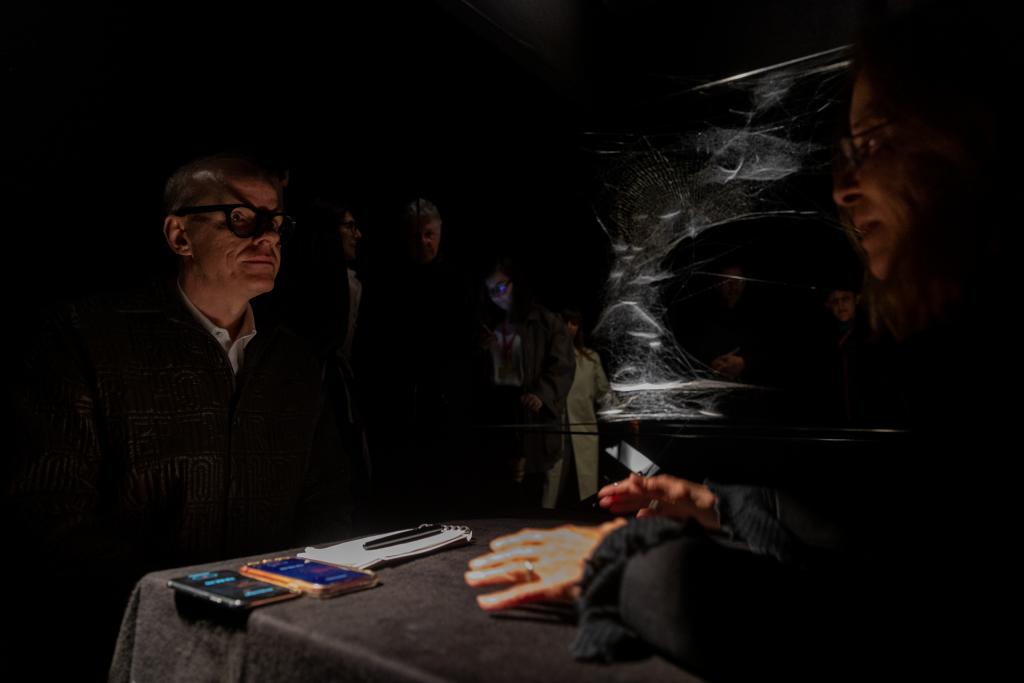
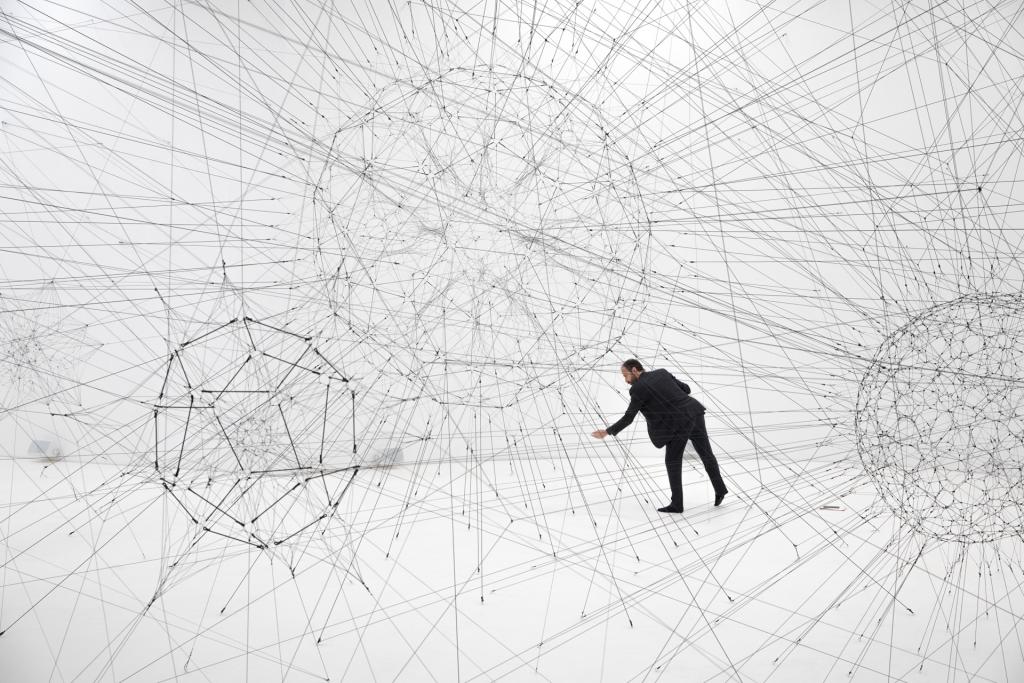
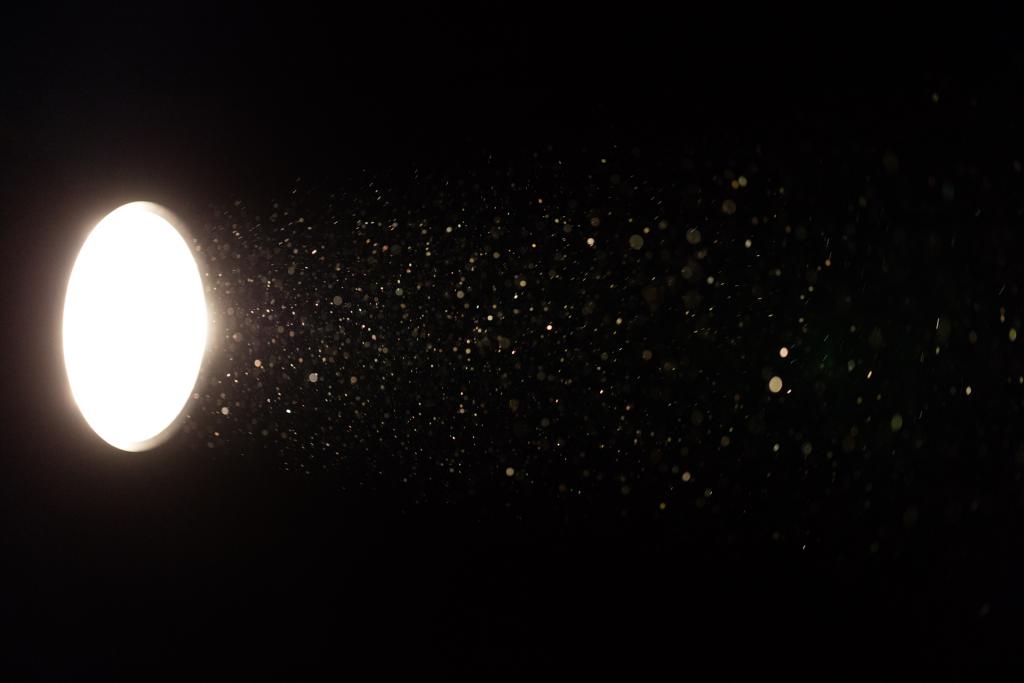
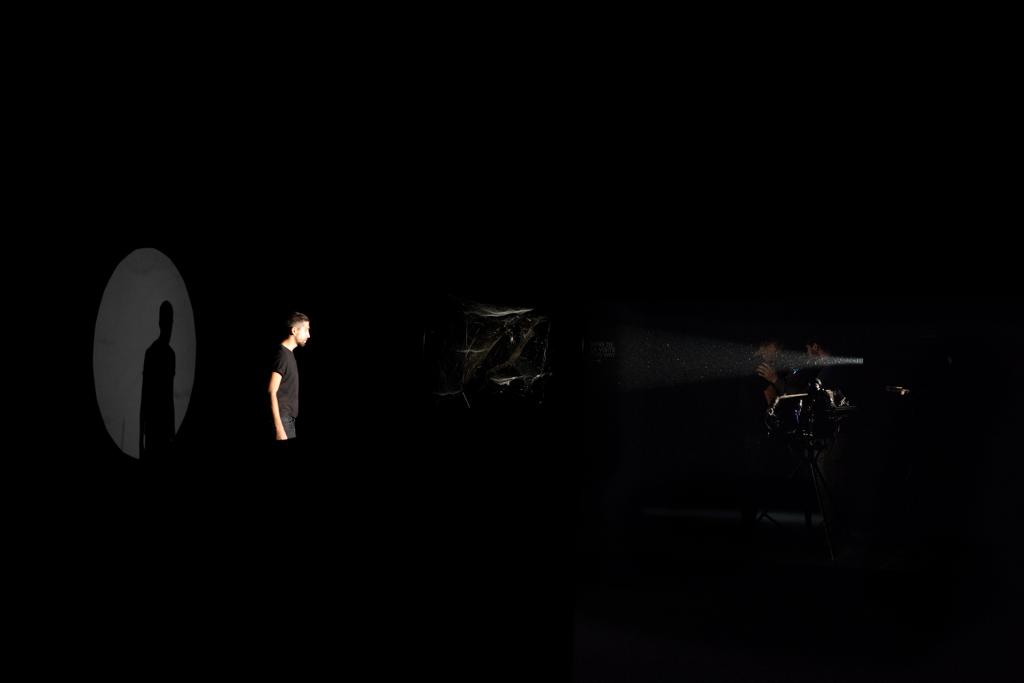
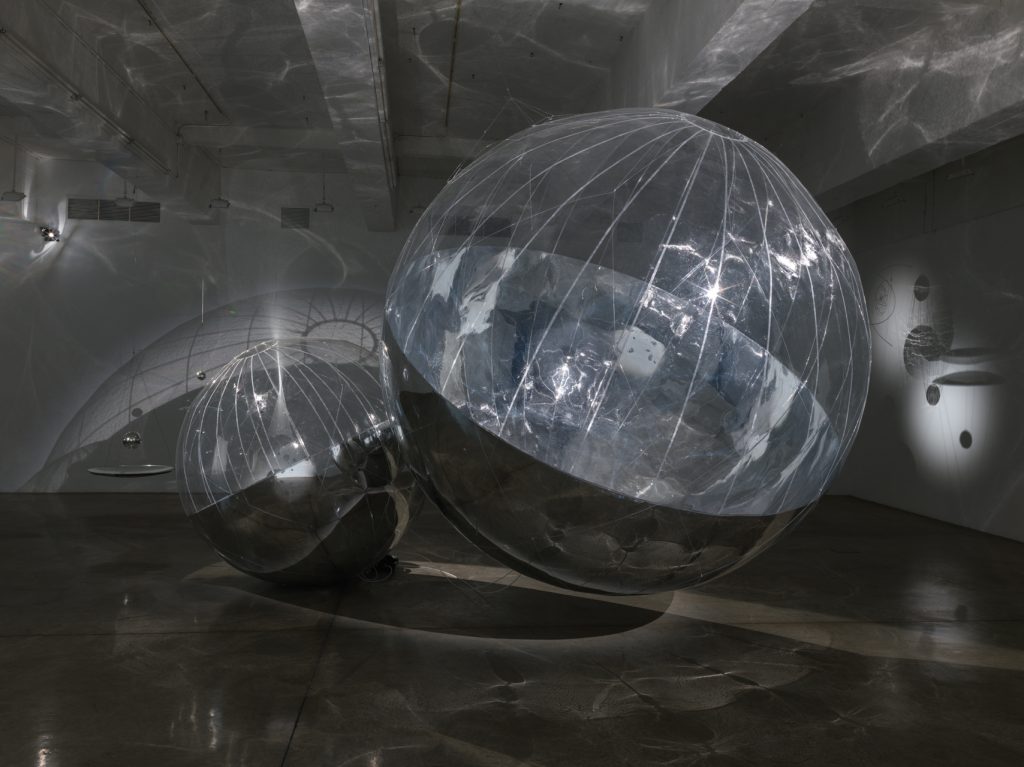
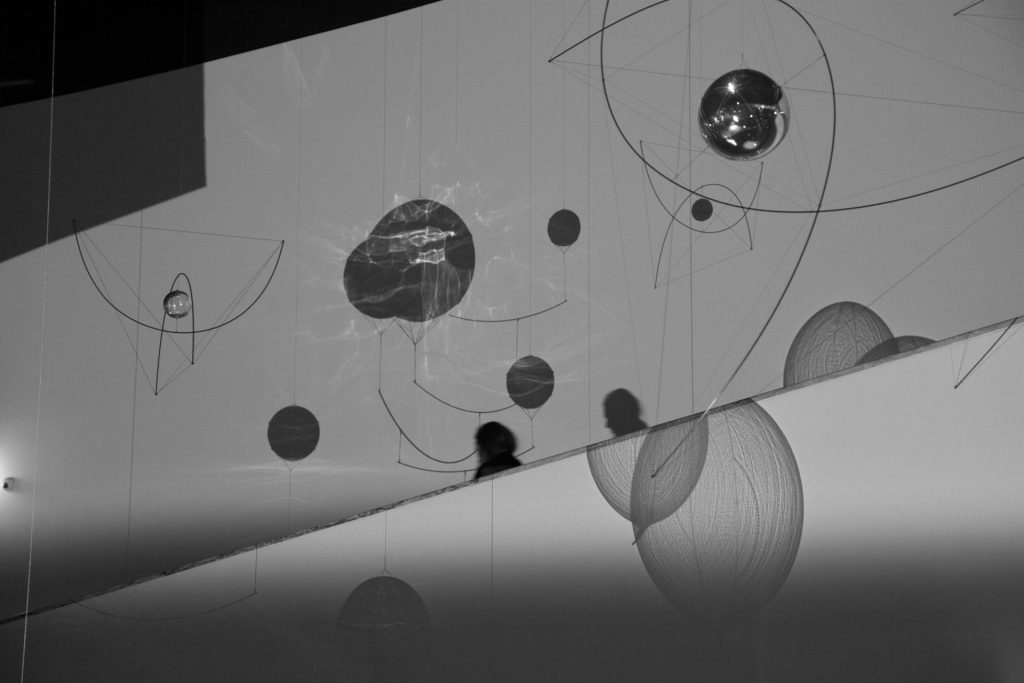
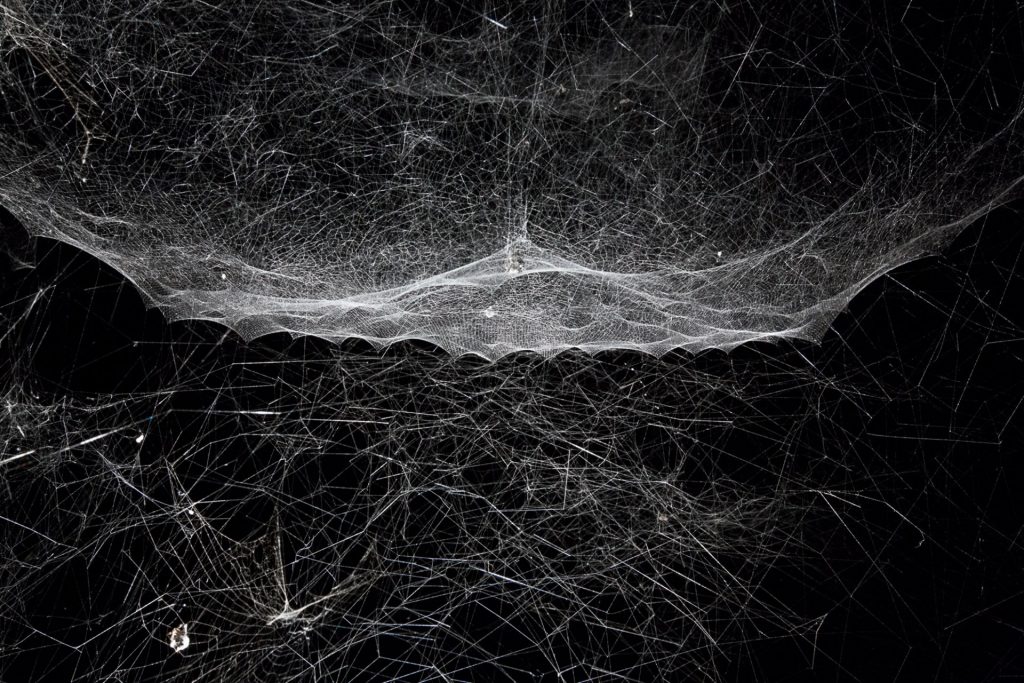
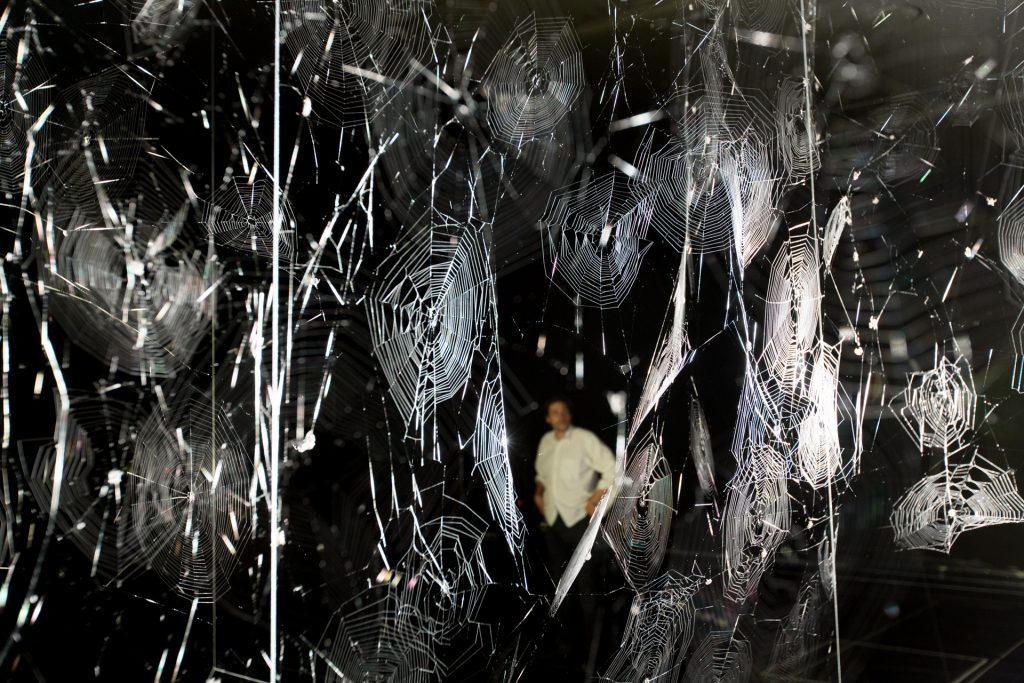
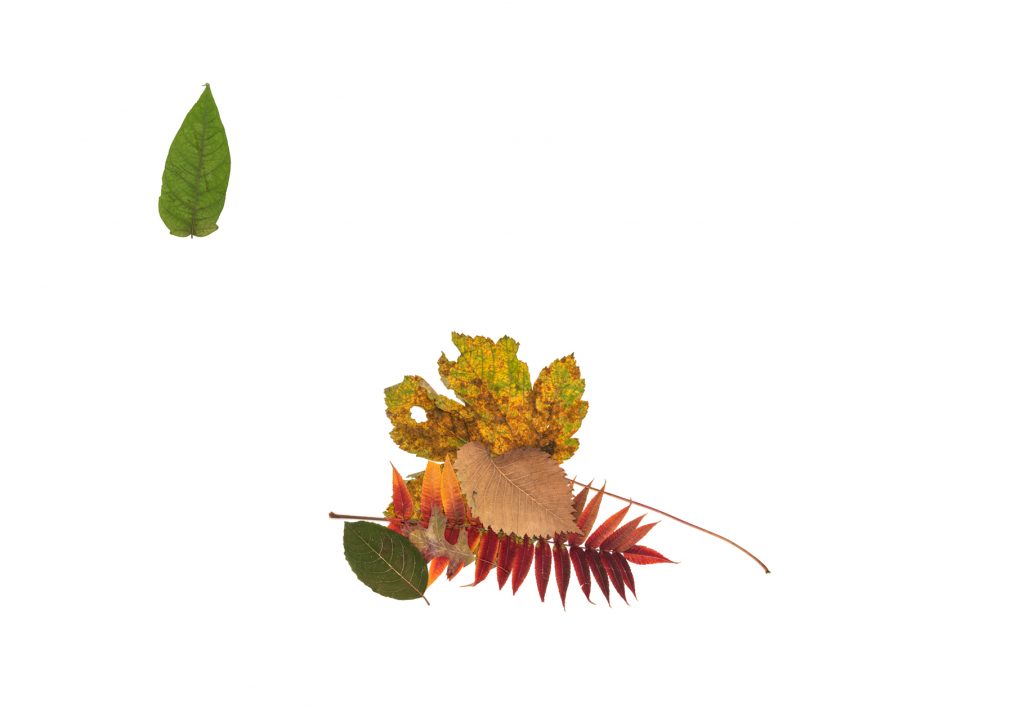
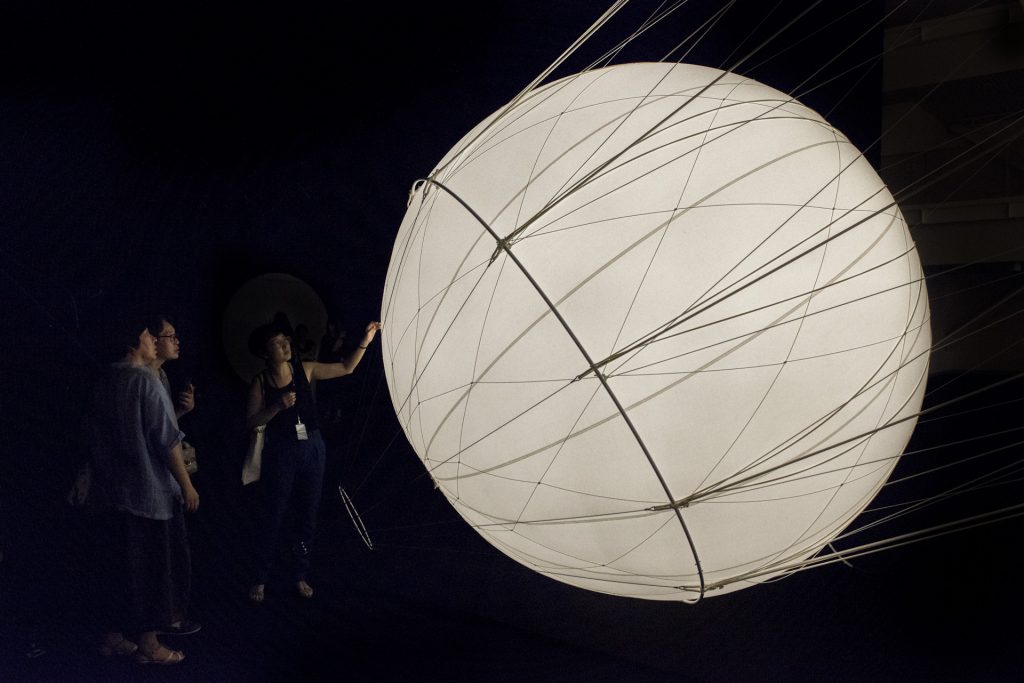
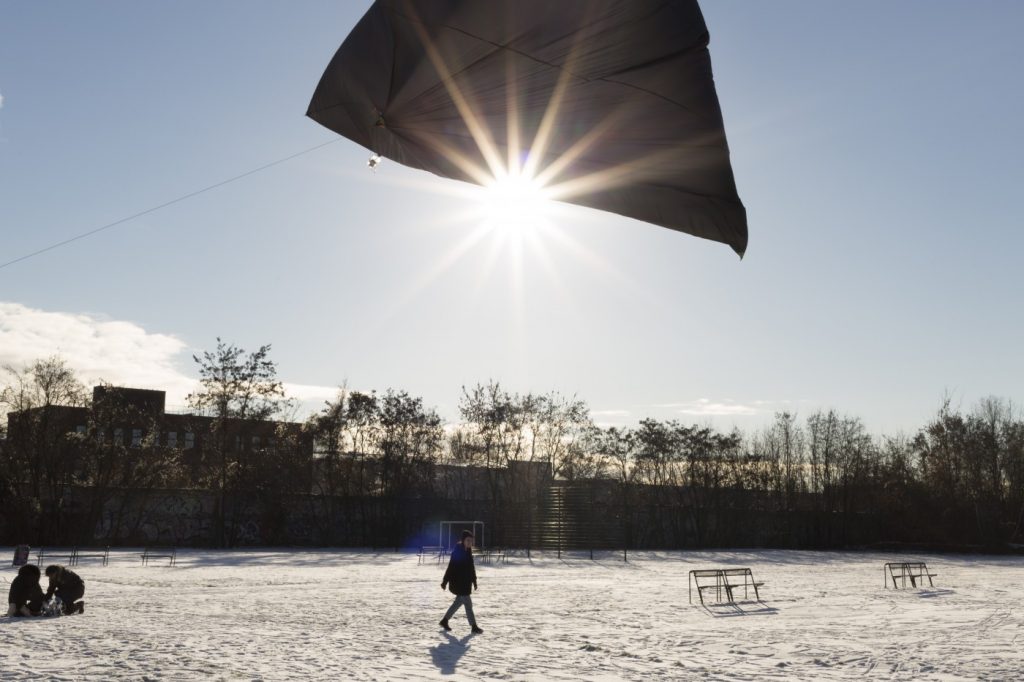
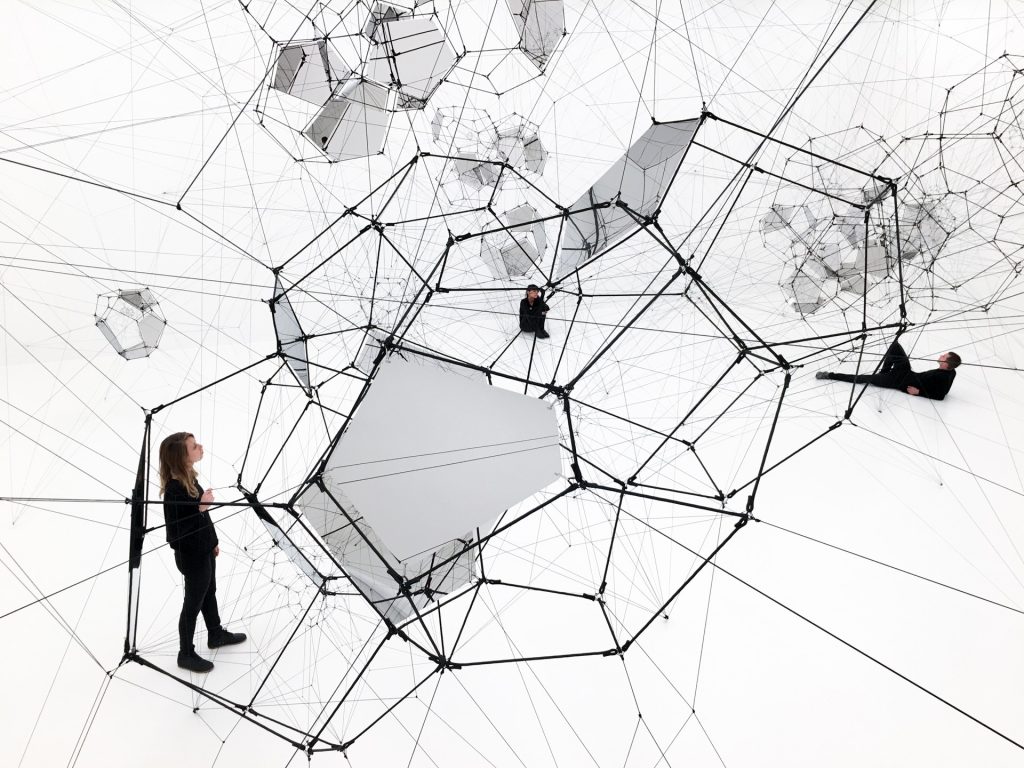
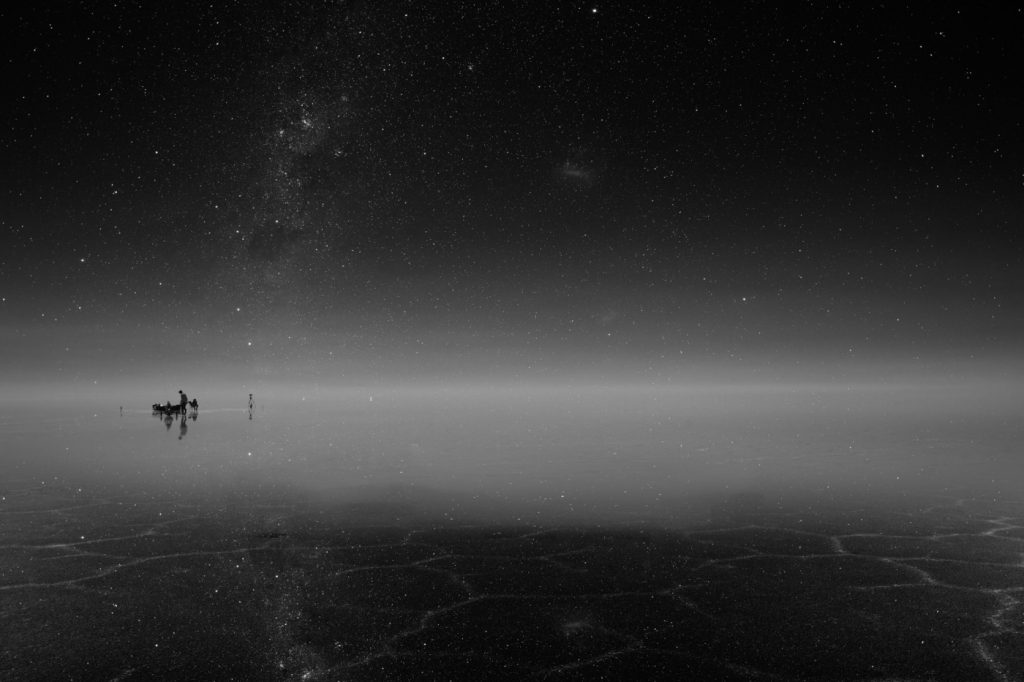
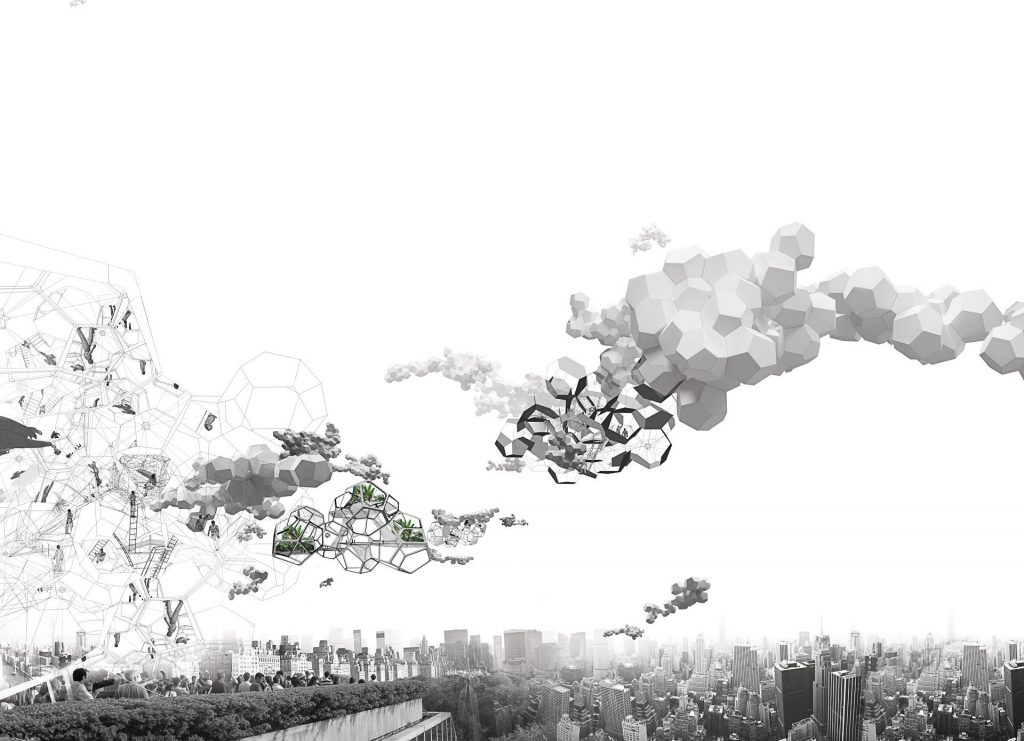
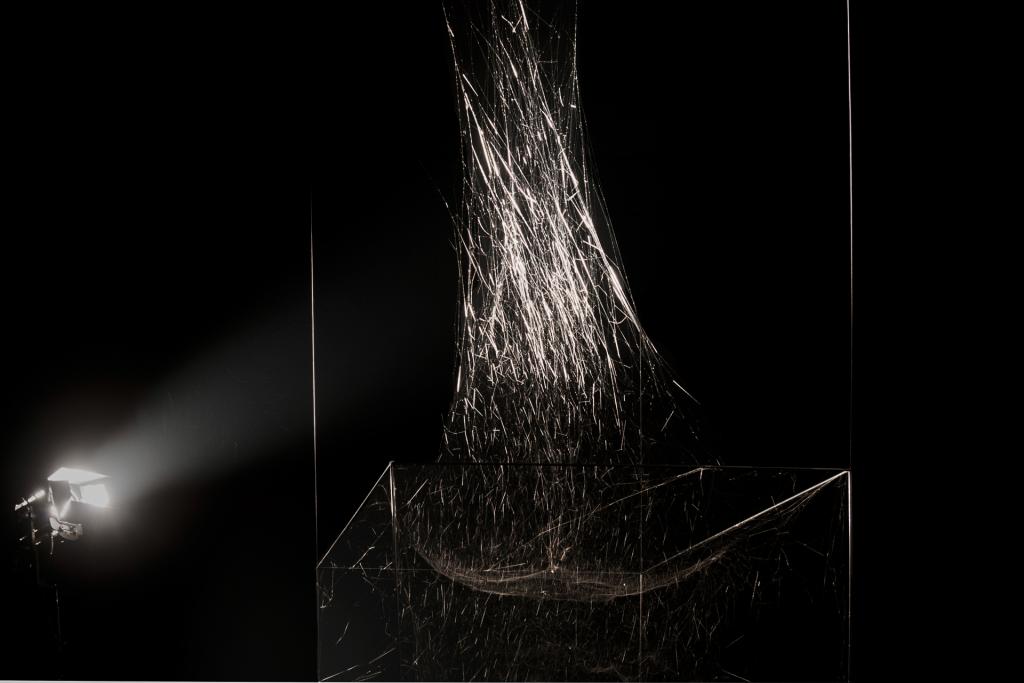

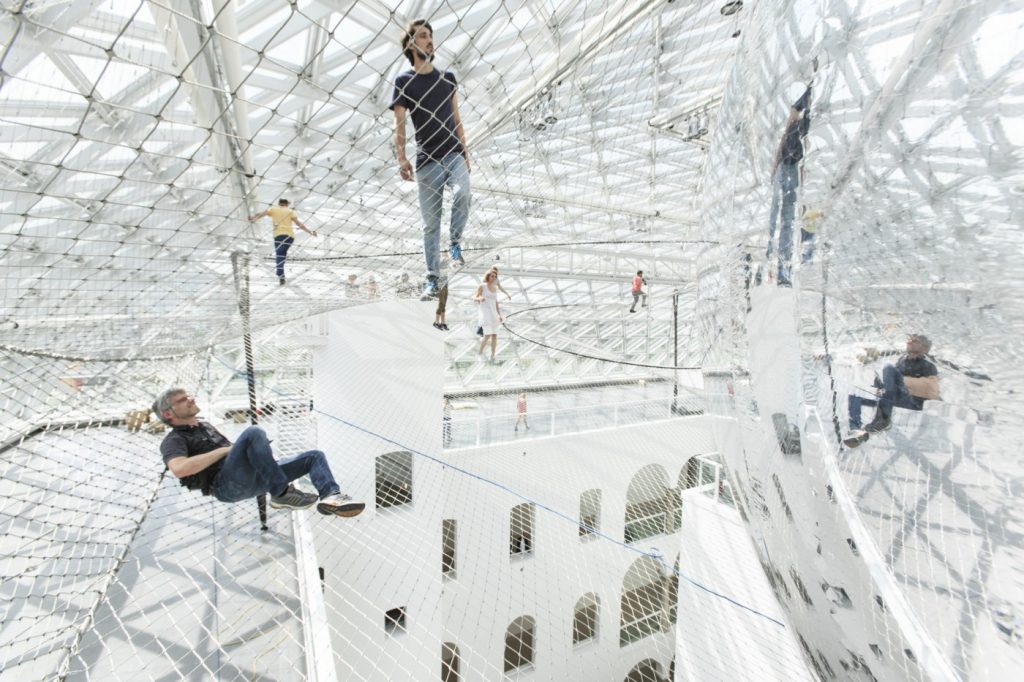
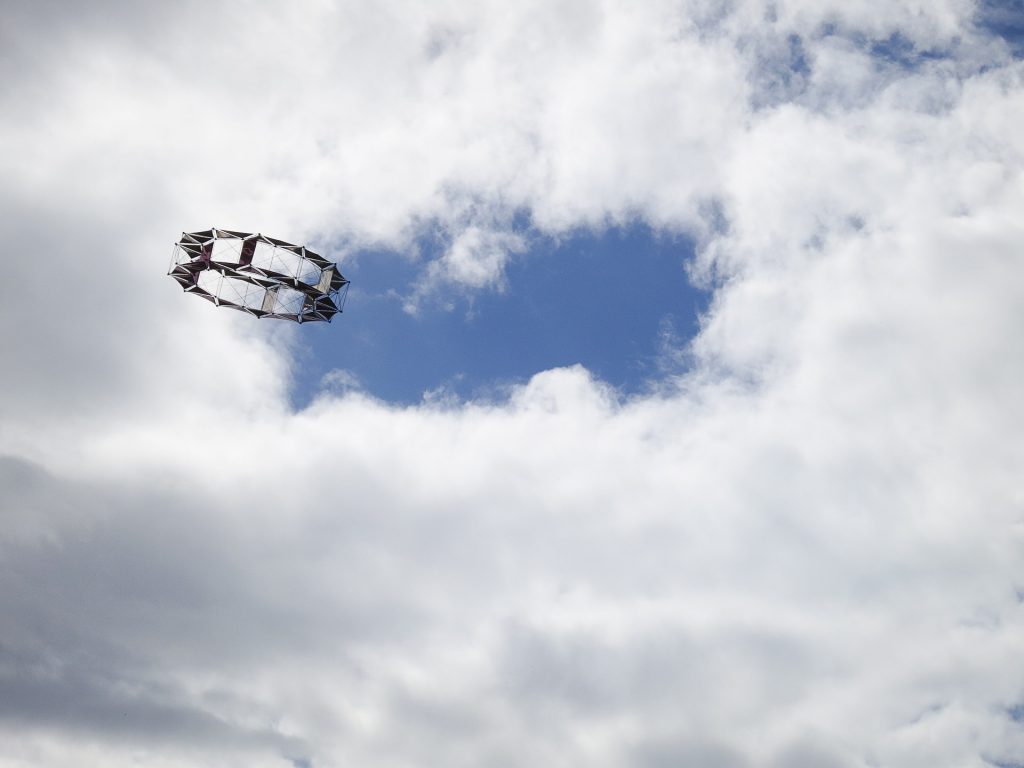
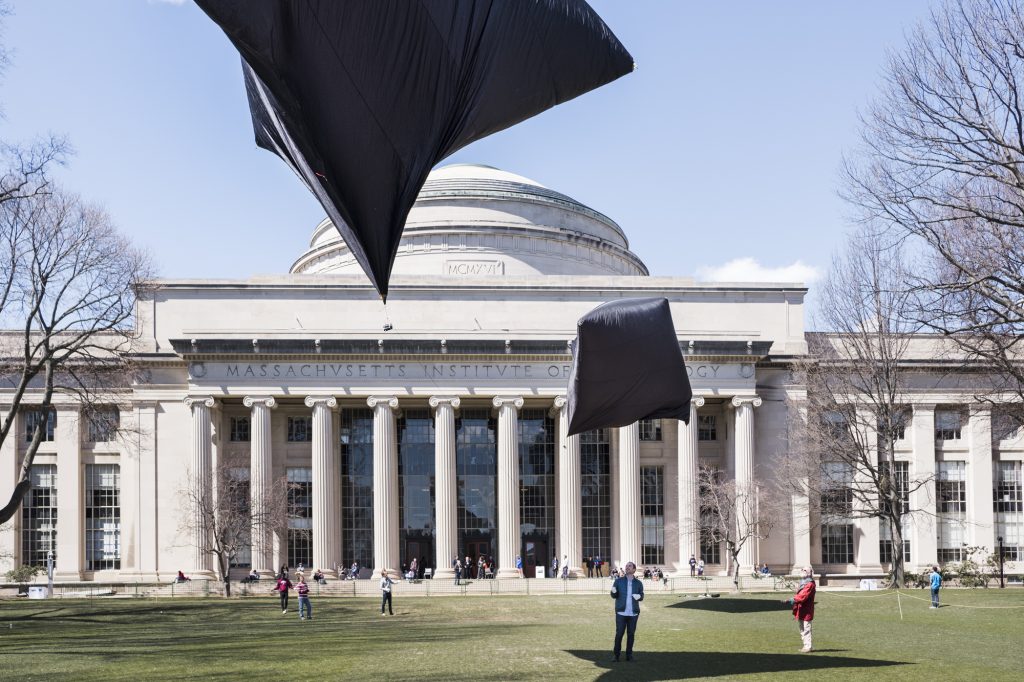
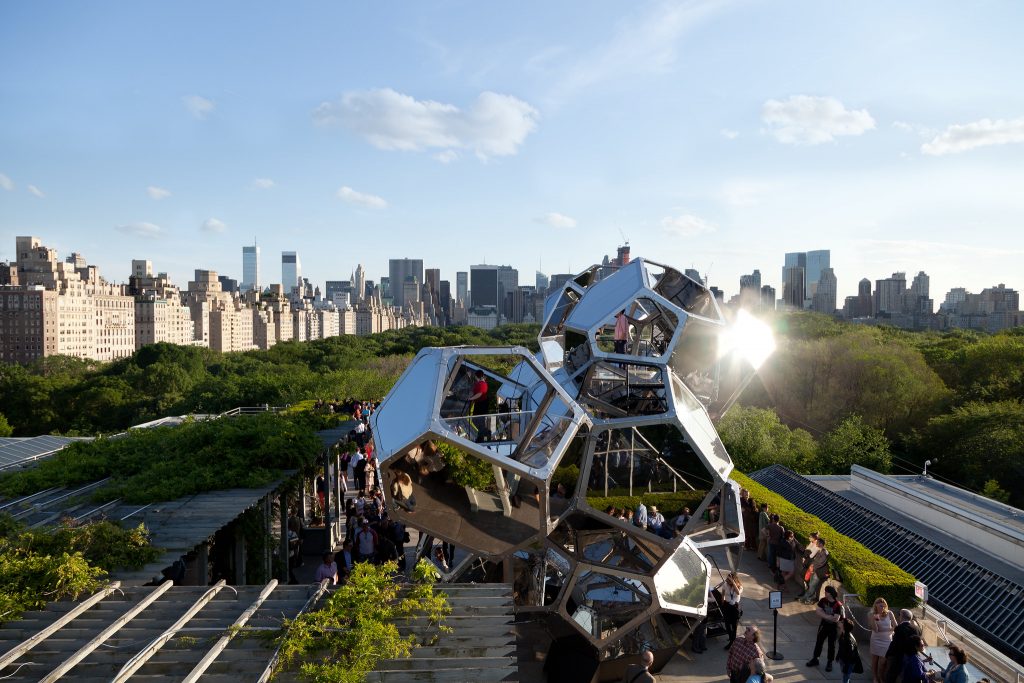
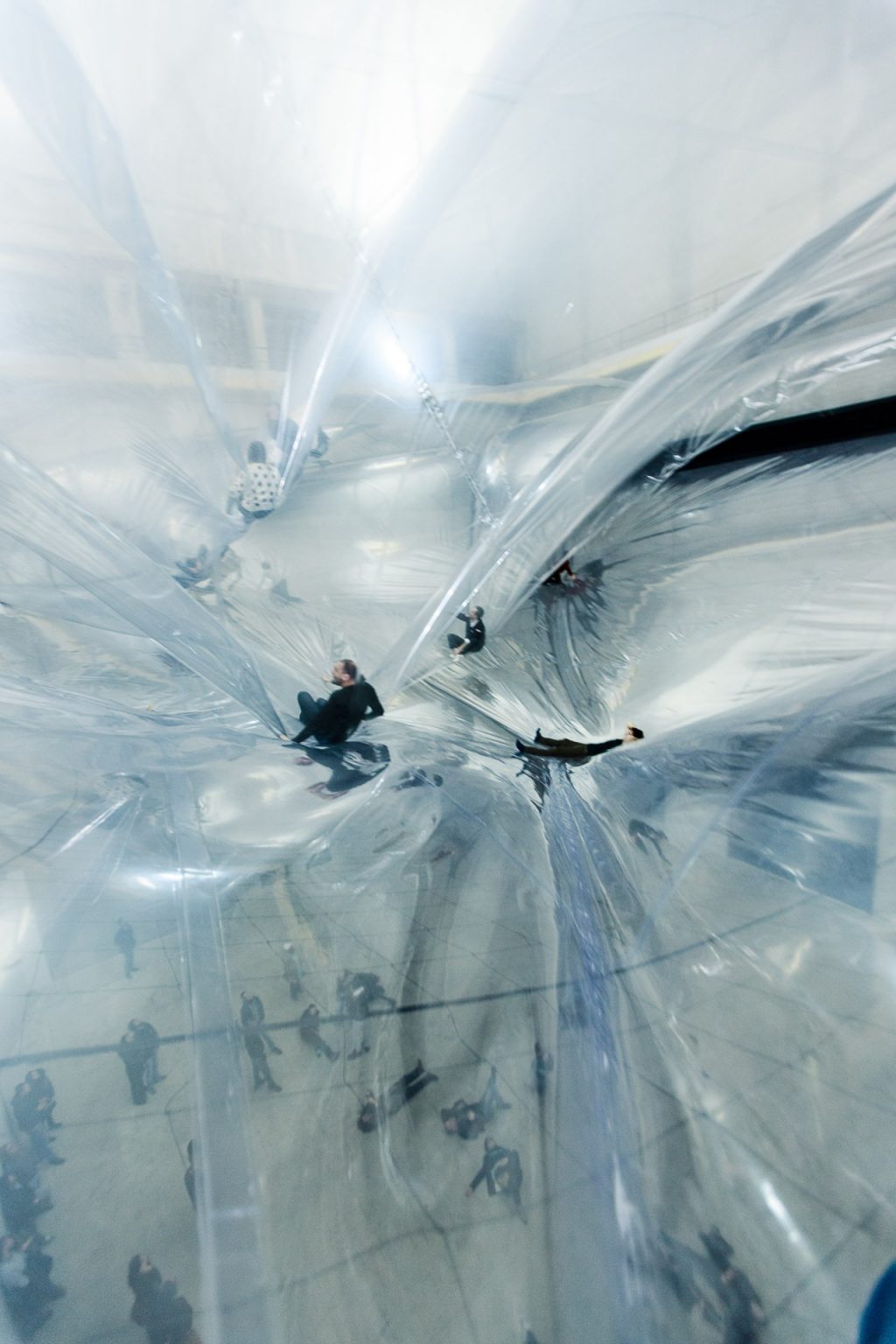
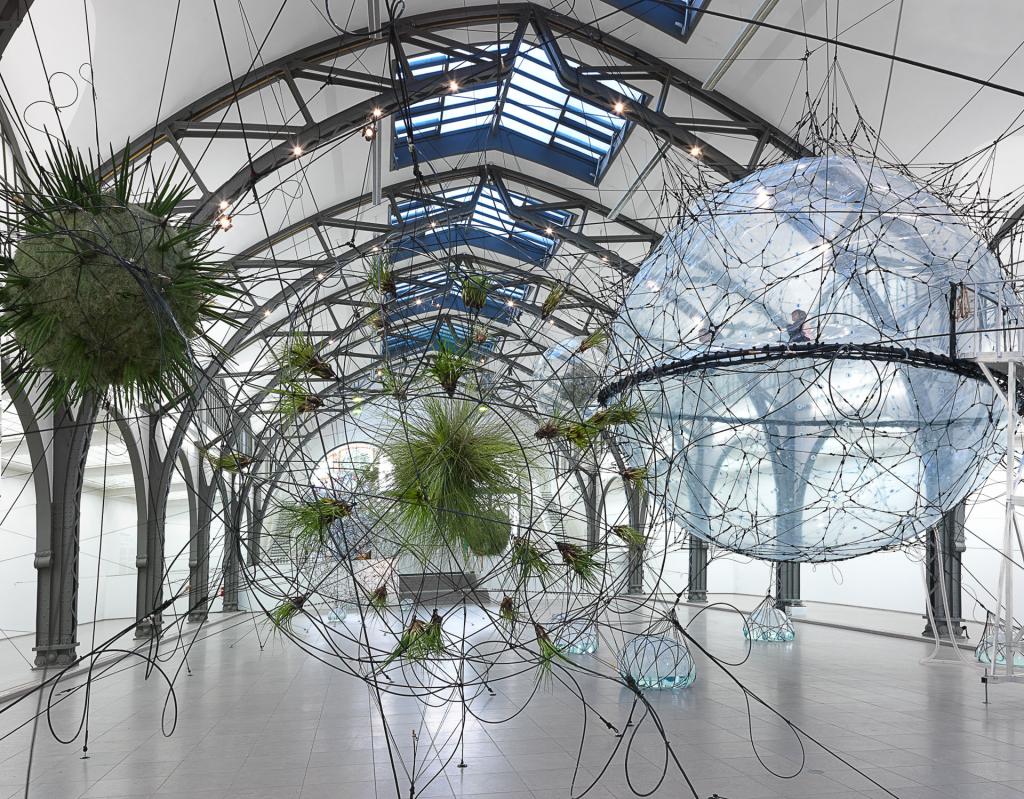
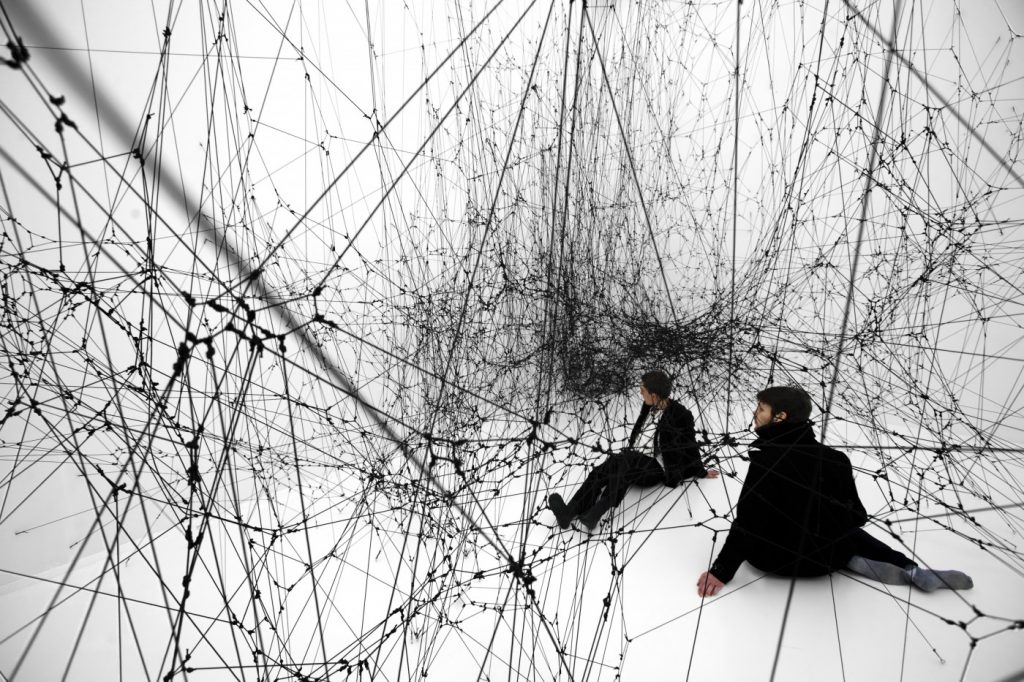
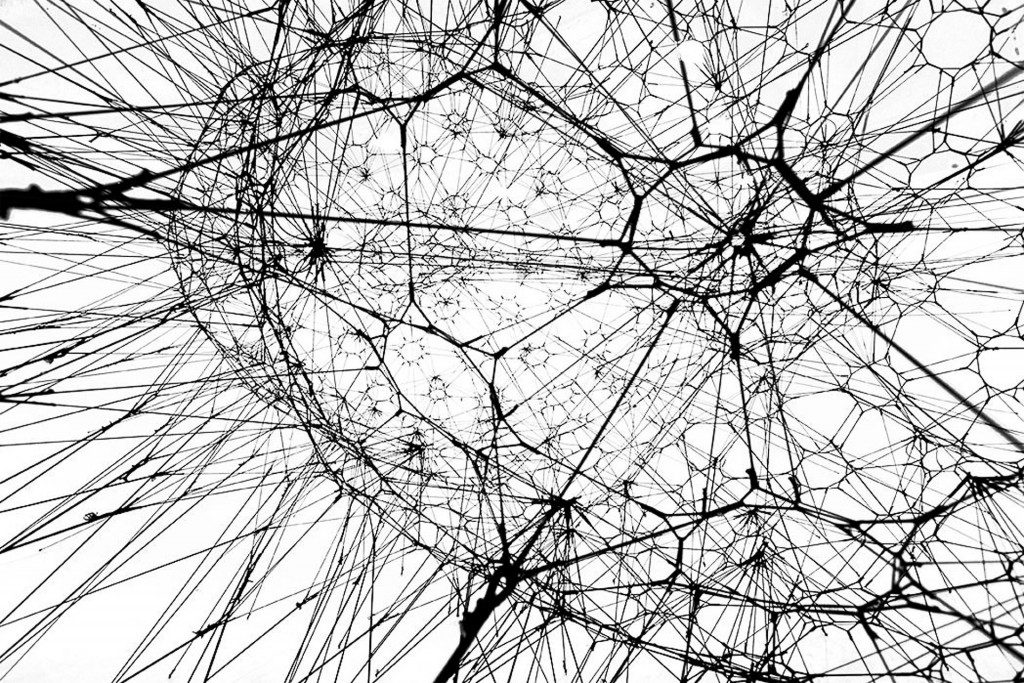
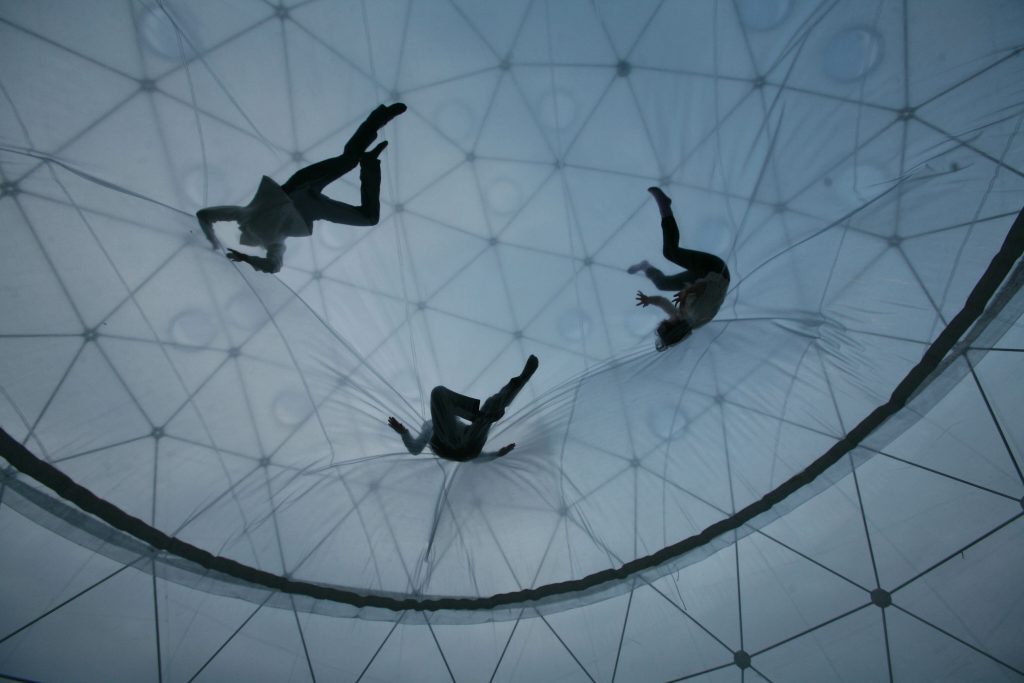
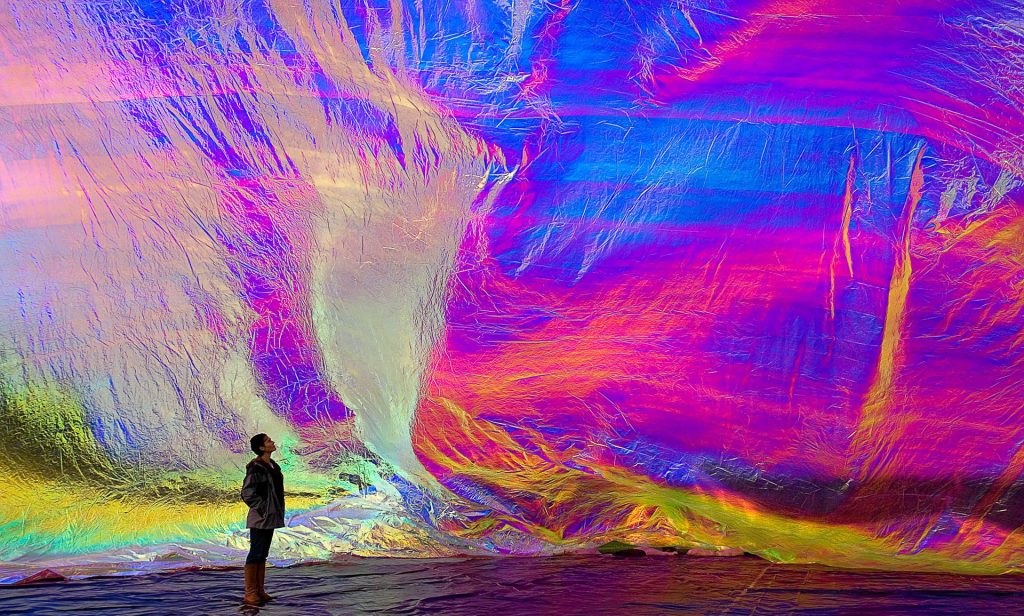
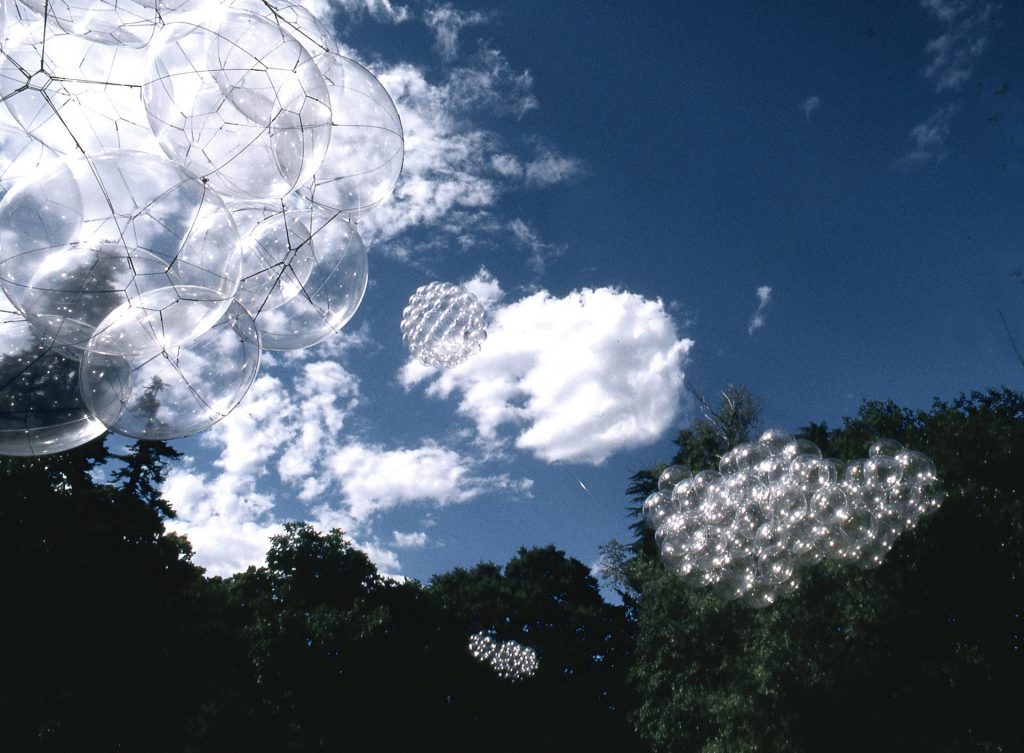
Silky airborne scores… constellations of musical notes made of cosmic dust, traces of movement in the air, trajectories of falling stars… a sonic journey… through multiverses… a 4 billions years old tour… cosmic resonance… How to Entangle the Universe in a Spider Web, spans two galleries within Museo de Arte Moderno de Buenos Aires with two immersive installations as the result of a decade’s worth of interdisciplinary artistic research. The universe is represented by a network of interconnections in which each element expands and transforms the others, reconfiguring their material and social boundaries. Suspended filaments of webs and swirling formations of dust foreground a floating journey through the ‘cosmic web’ where endless connections that would otherwise be overlooked are made tangible.
The Cosmic Dust Spider Web Orchestra, entangles the space in a rhythmic ensemble. A light beam makes cosmic dust visible in a dimly lit room. Through a live three-dimensional video recording, the floating dust particles are tracked and sonified. Their sounds, determined by their position and the speed at which they travel through space, are amplified and spatialized over a set of over 25 loudspeakers.
Quasi-Social Musical Instrument IC 342 built by 7000 Parawixia bistriata – six months, features the largest three-dimensional spider web ever exhibited. Shiny filaments, galactic clouds and clusters appear as extended ripples of a micro- and macrocosmos of cooperation while interconnected threads woven by thousands of quasi-social spiders from the Argentinian Parawixia bistriata species appear through the air. These drawings in the air, made by an estimated 40 million threads, reveal the trajectory of cosmic dust particles.
How to Entangle the Universe in a Spider Web in Process
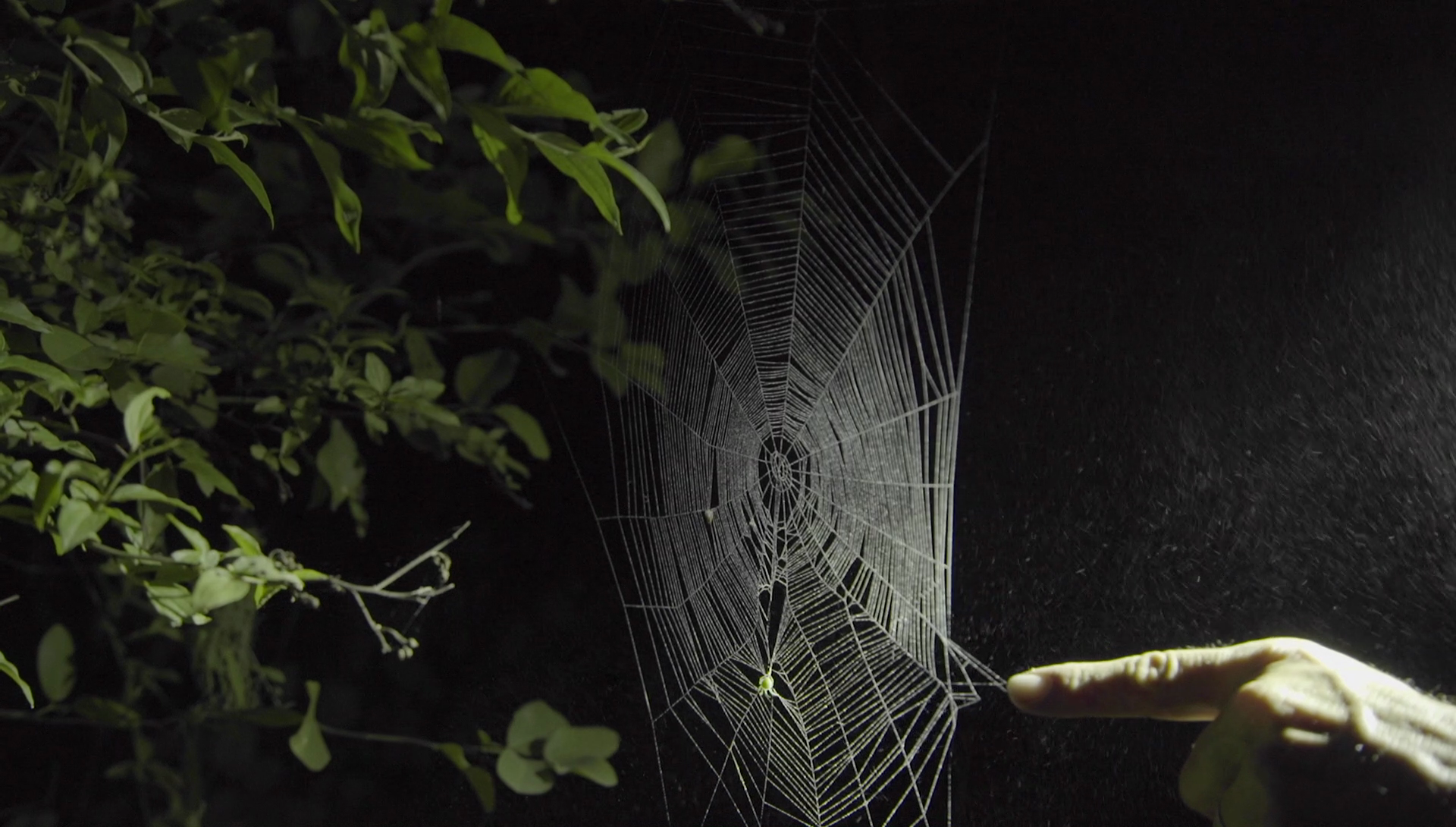
For six months in 2016, Moderno housed specimens of the species Parawixia bistriata and witnessed how spiders inhabit a space. This species, hailing from Copo National Park located in the northeast of Santiago de Estero and from the Buenos Aires Province, generally weaves longer threads than other species – up to 15 metres long – and is one of the twenty-five species that demonstrate social, cooperative behaviour among the over 43.000 known species of arachnids across the world.
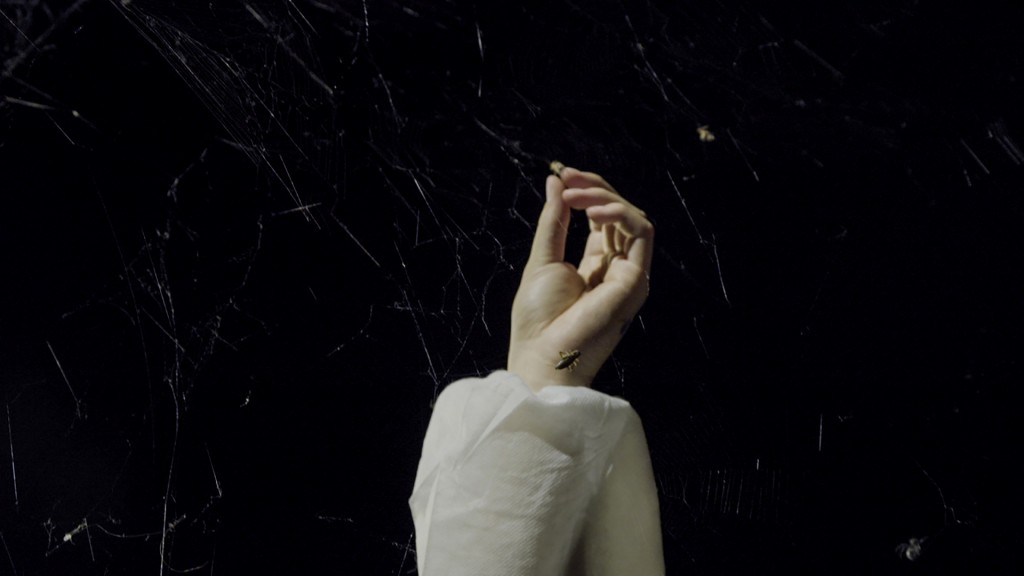
Martin Ramirez. Comments on How to Entangle the Universe in a Spider Web
Parawixia bistriata is an exceptional spider. Of the 3000 species in the Araneidae family it is the only one that gave up on a solitary life to form a colony with its comrades. The colonies have both common and private elements. They all share a shelter where they spend the day in a compact ball and work together to strengthen long structural threads, sometimes strung between trees over ten metres apart. On this frame, some of the spiders weave their sticky orbs to capture flying insects. If the prey is large, spiders come over from neighbouring webs along with others that didn’t weave anything that night to help subdue the prey and then eat it together.
In our laboratory we study the evolutionary origin of the different architectures of spider webs, the different silk glands and the threads they produce and the nails and hairs they use to hang from the threads or walk on both smooth and rough surfaces. What do I think when I see Parawixia bistriata? I think about how they choose elevated supports that allow them to control a sizeable empty space. How they are only comfortable when suspended from silk threads, how they weave their own supporting material, so thin that it is a millionth of the space they control. Every night, depending on the breeze, they create an unrepeatable constellation of orbs, traps that are undetectable to flying insects. The most striking thing is that spiders can’t see their webs either: their steps are guided by touch and calculation. Of that complex, ephemeral system of traps, lines of communication, paths and cables, we only see the gleam. Like distant stars sparkling against a dark background.
It is a privilege for me to be involved in this exhibition. In the intersection between biology, physics and aesthetic beauty I see a space in which to ponder the universal unknowns: space, scale, perception, structure and purpose.
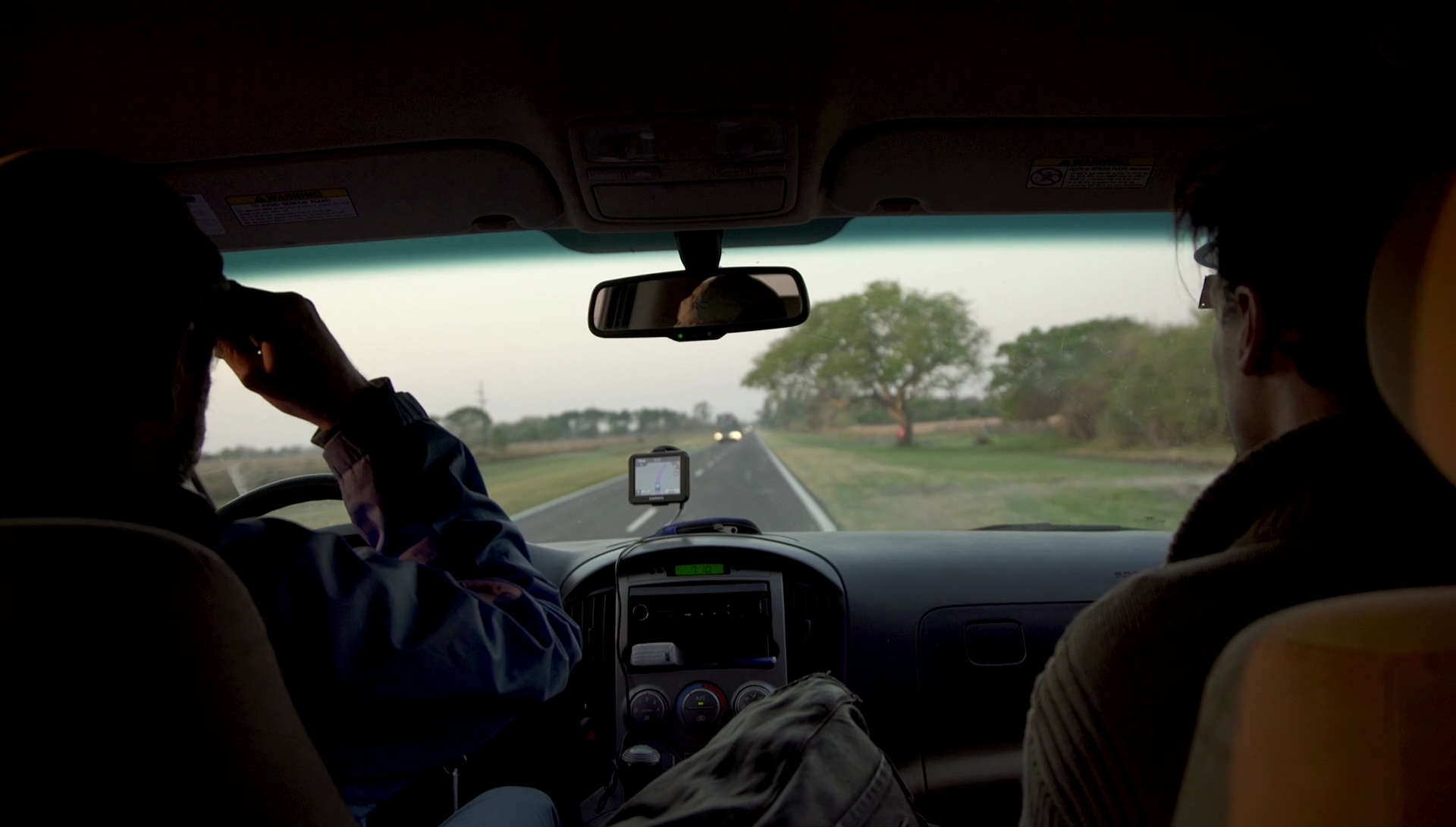
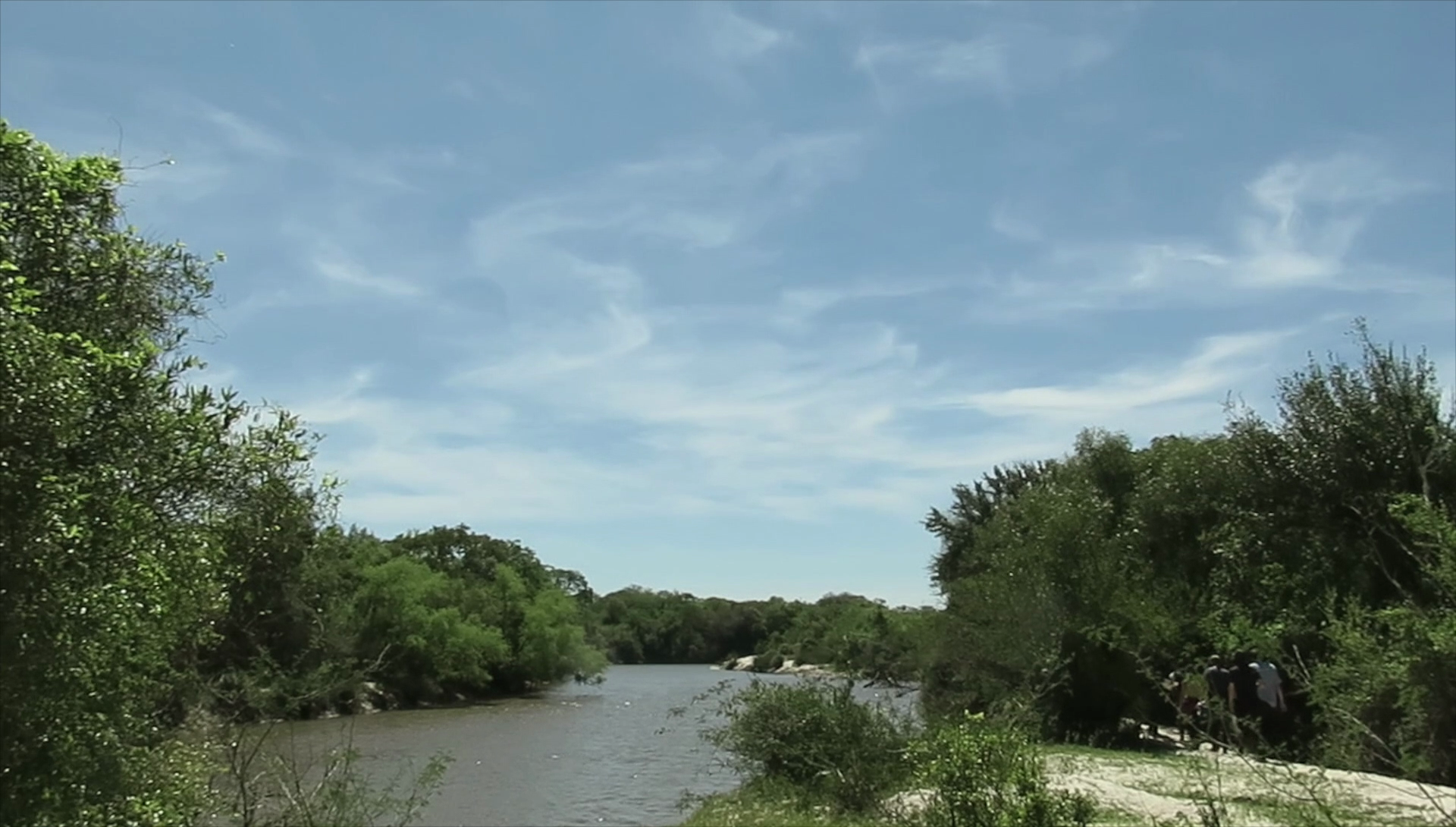
“… One day we saw them, they were so many, all together… at the highest point of a tree, throwing their lines and the wind began to interweave them, forming a magic carpet, that could lift them in the air all together…”
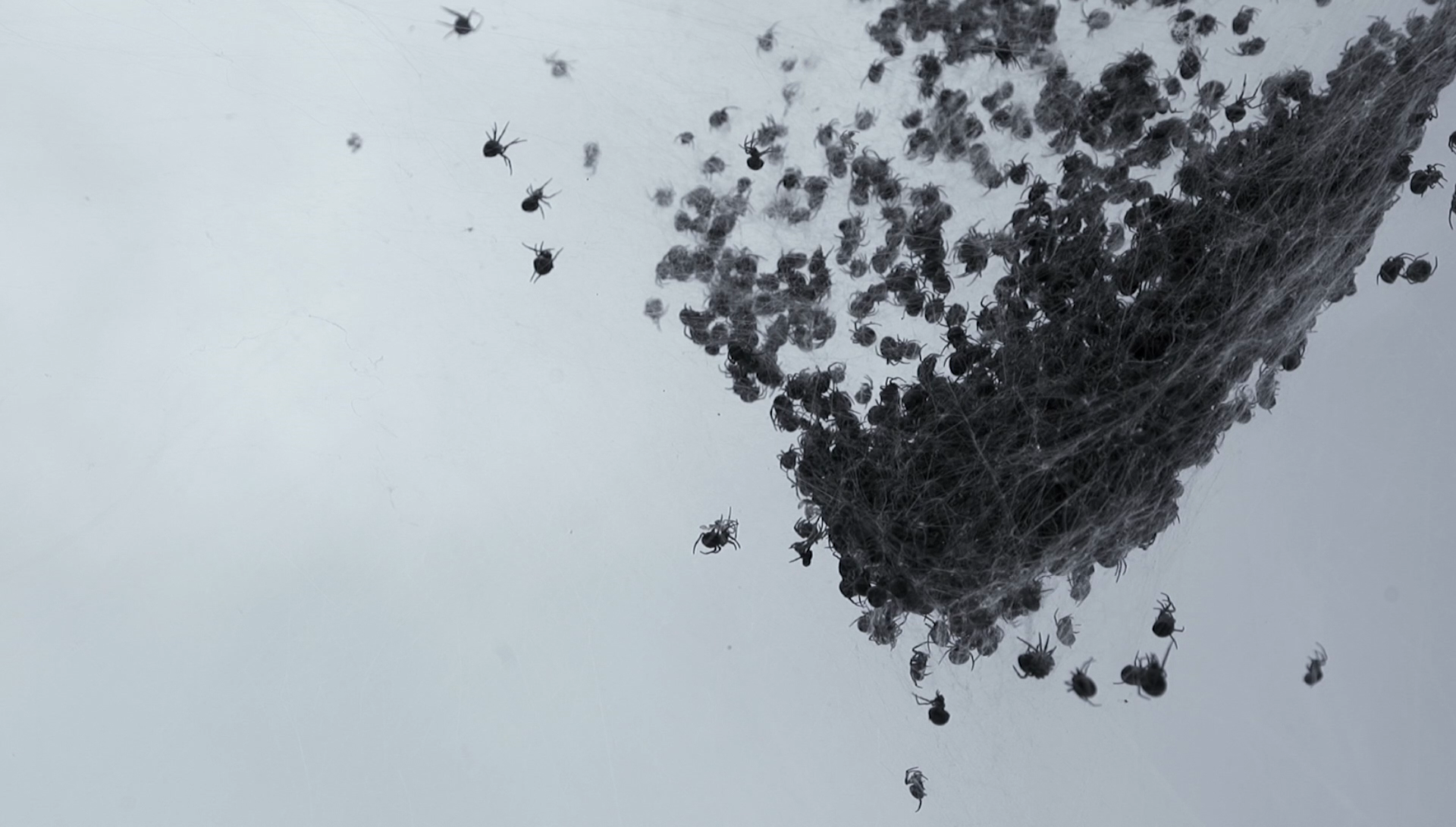
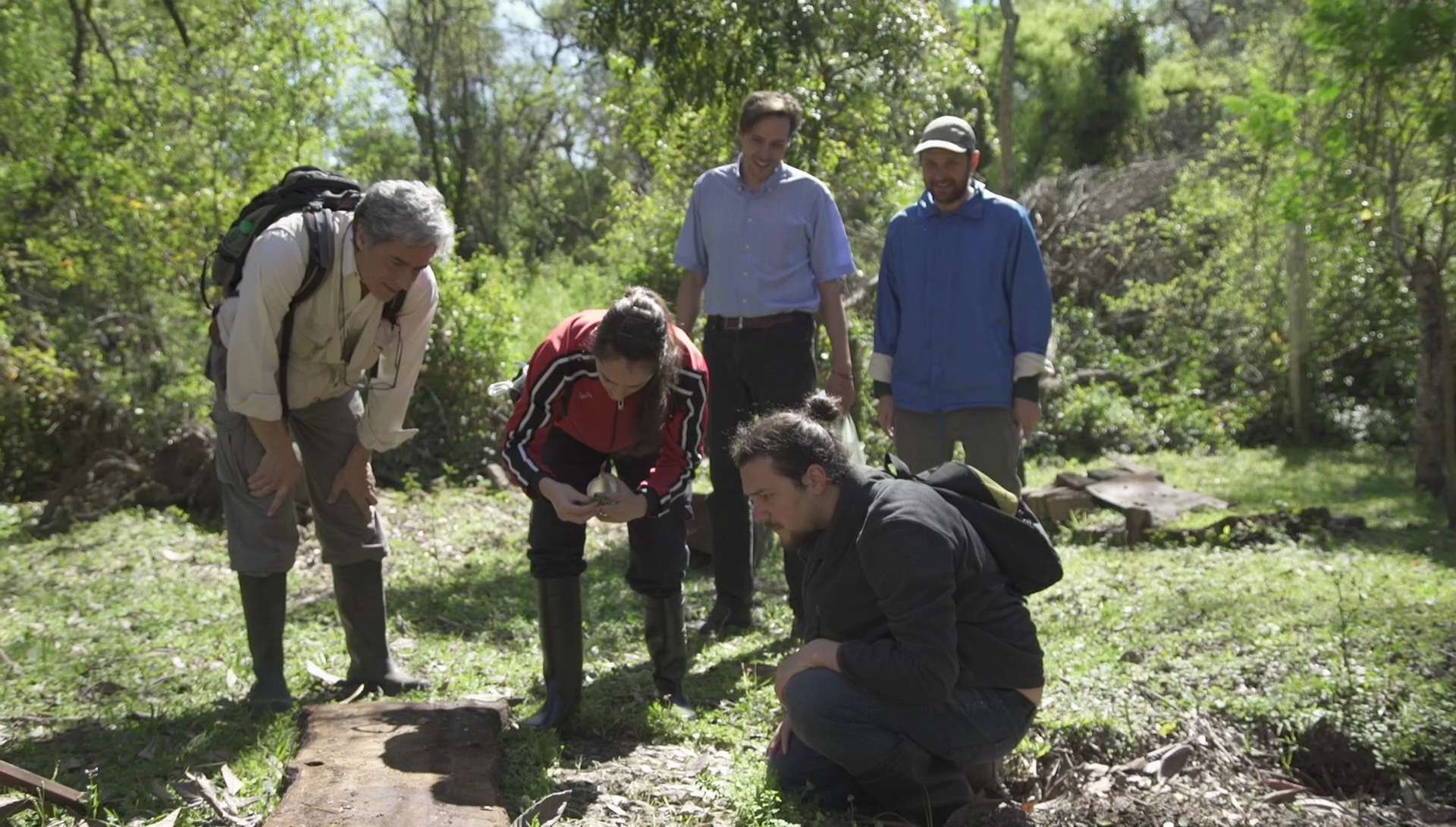
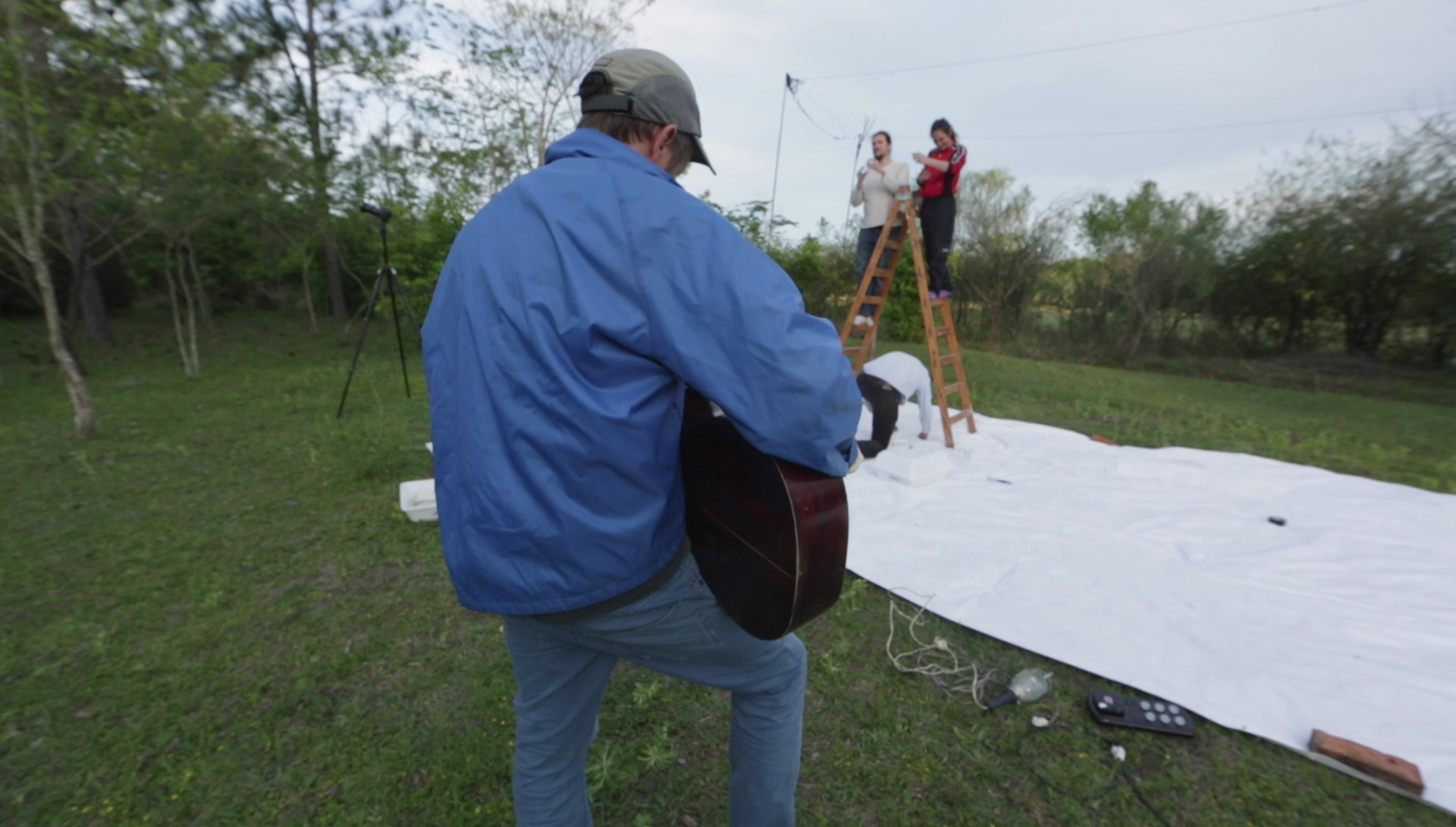
“After a day of weaving, the thread circled the equator… and after ten days, the thread reached the moon…”
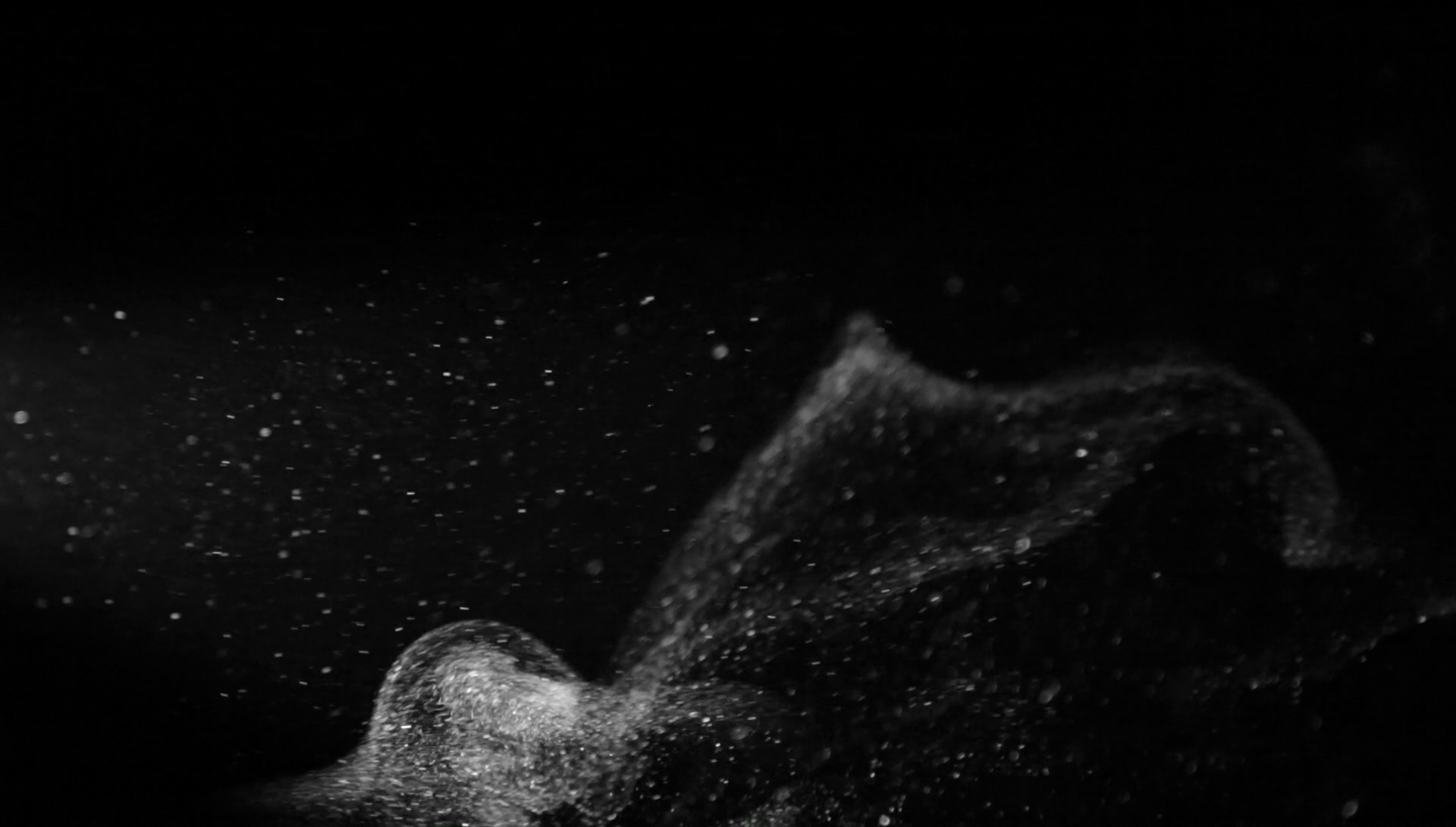
...